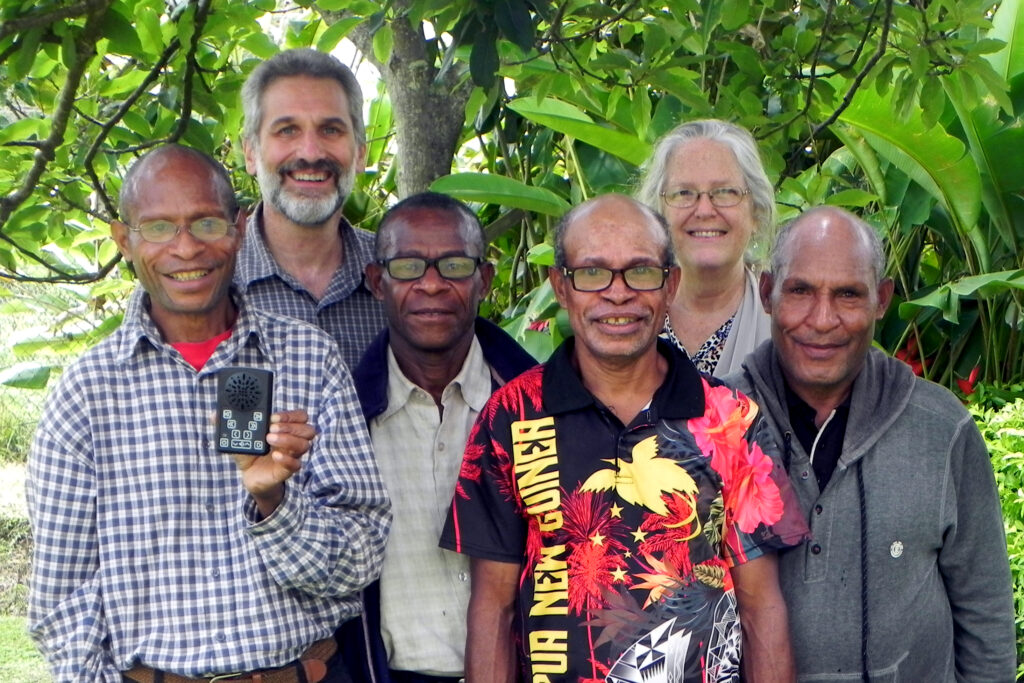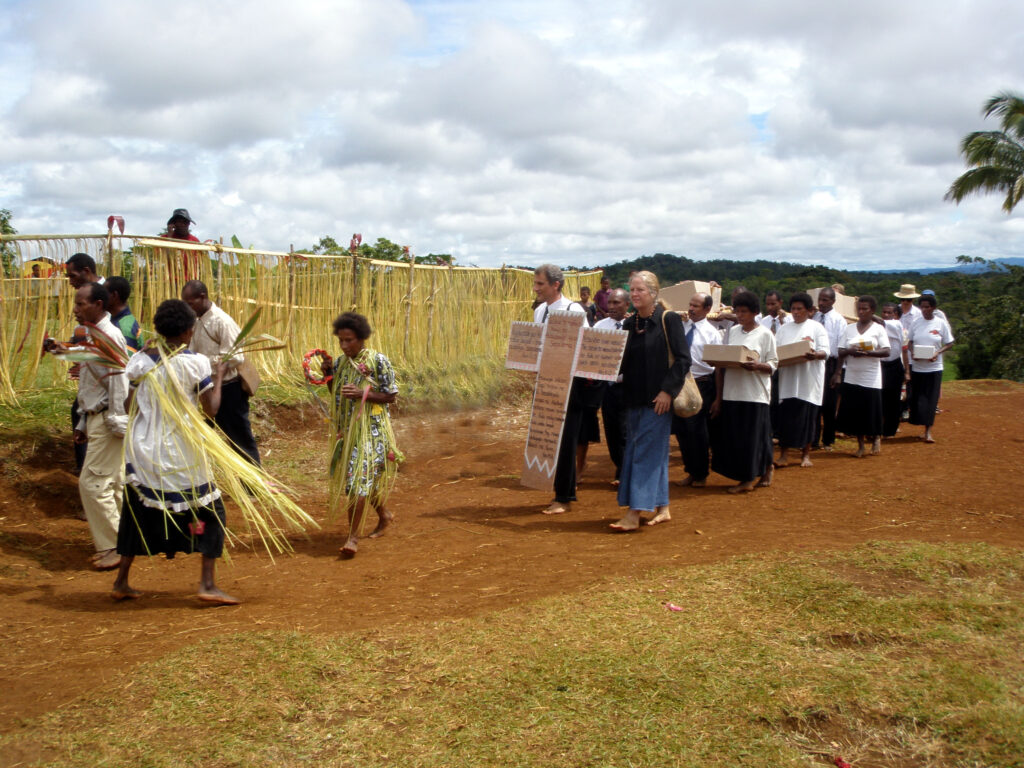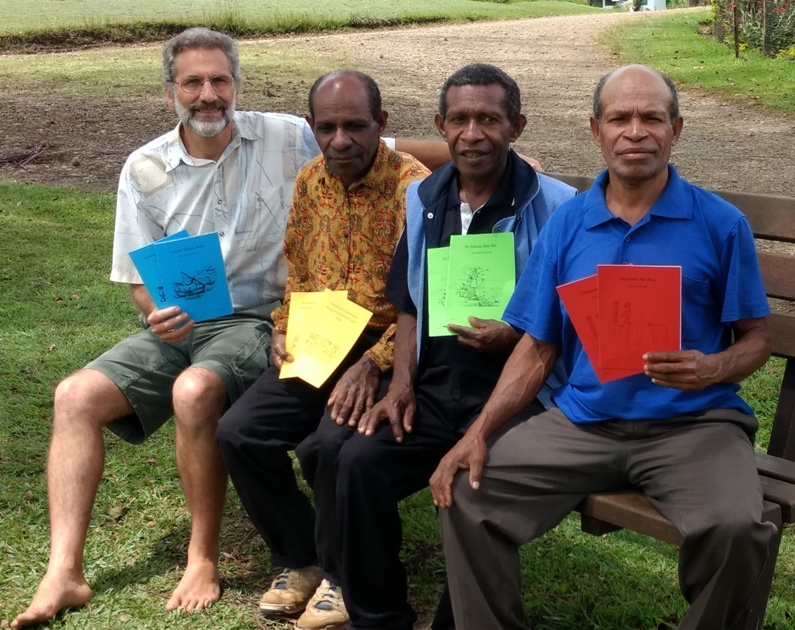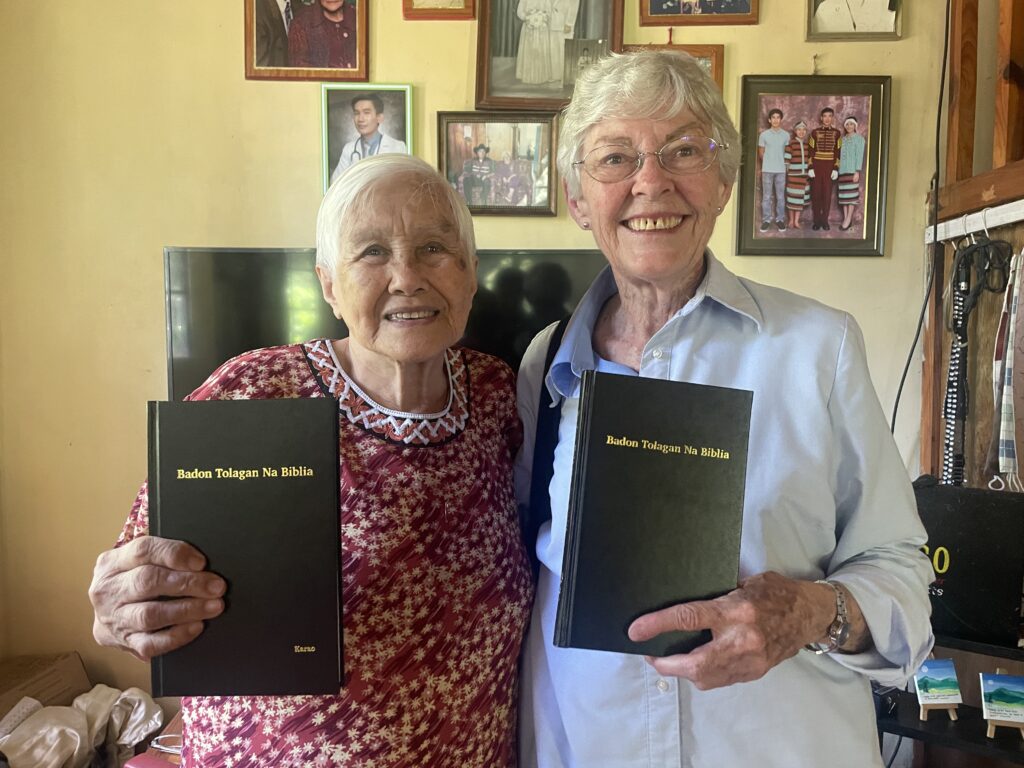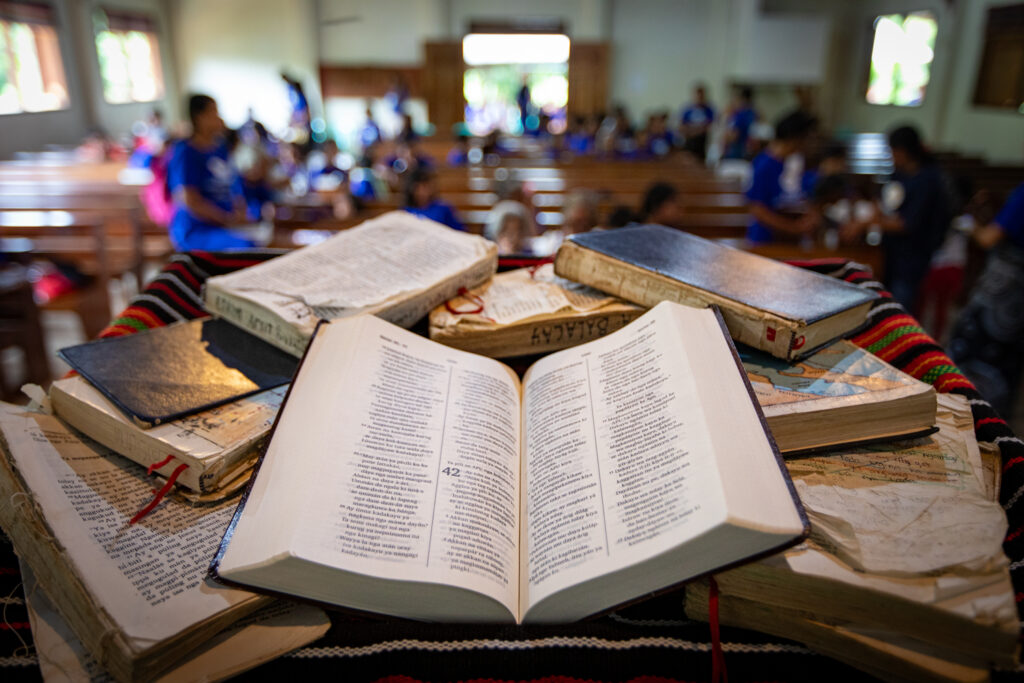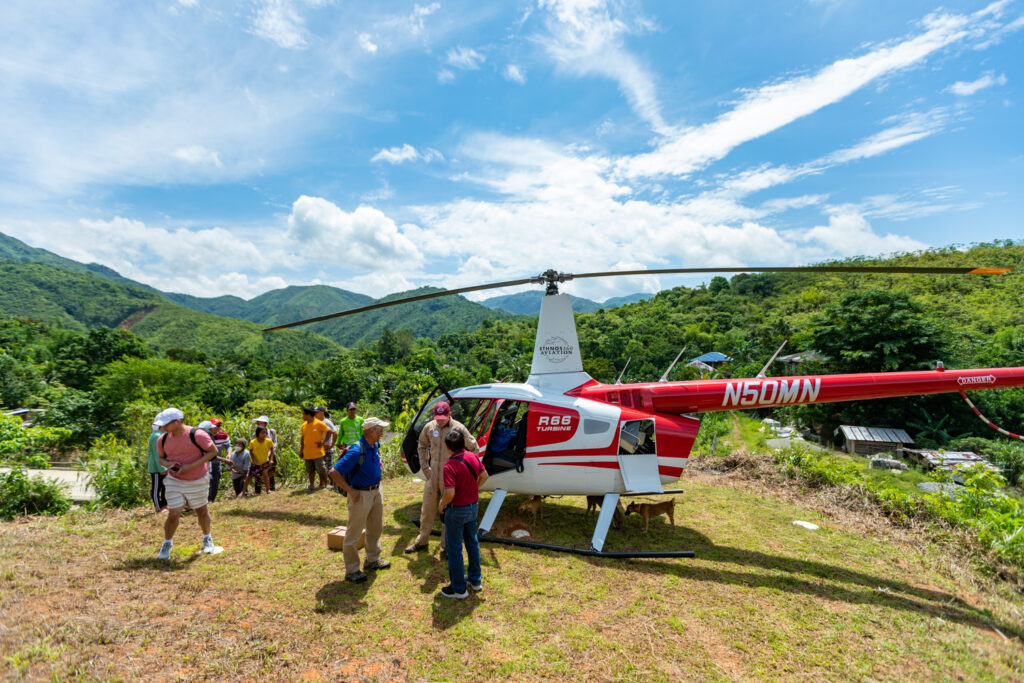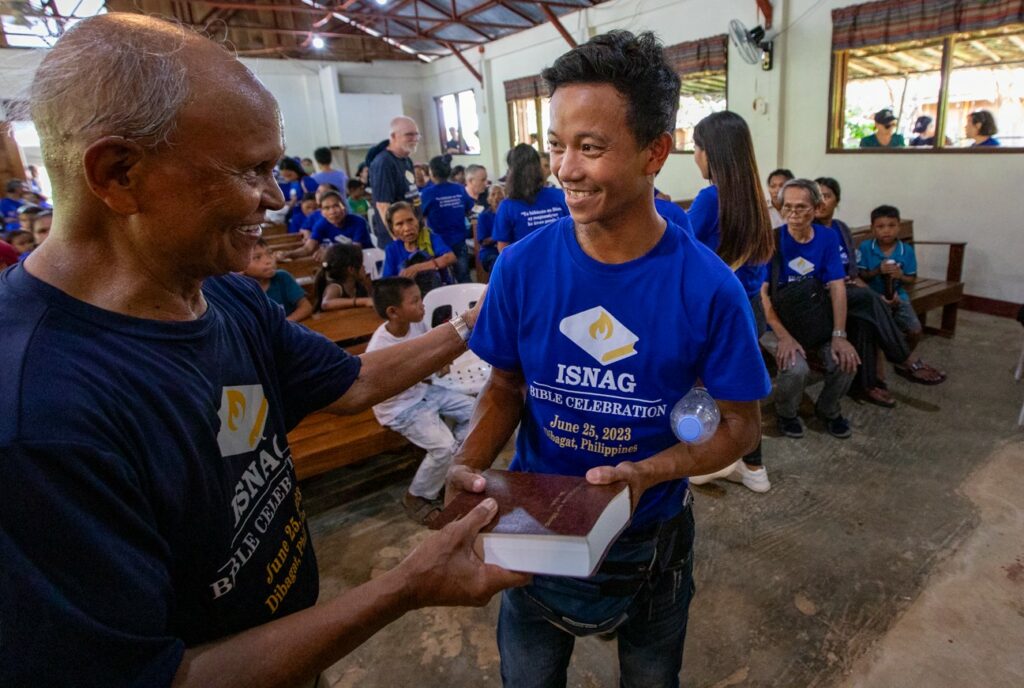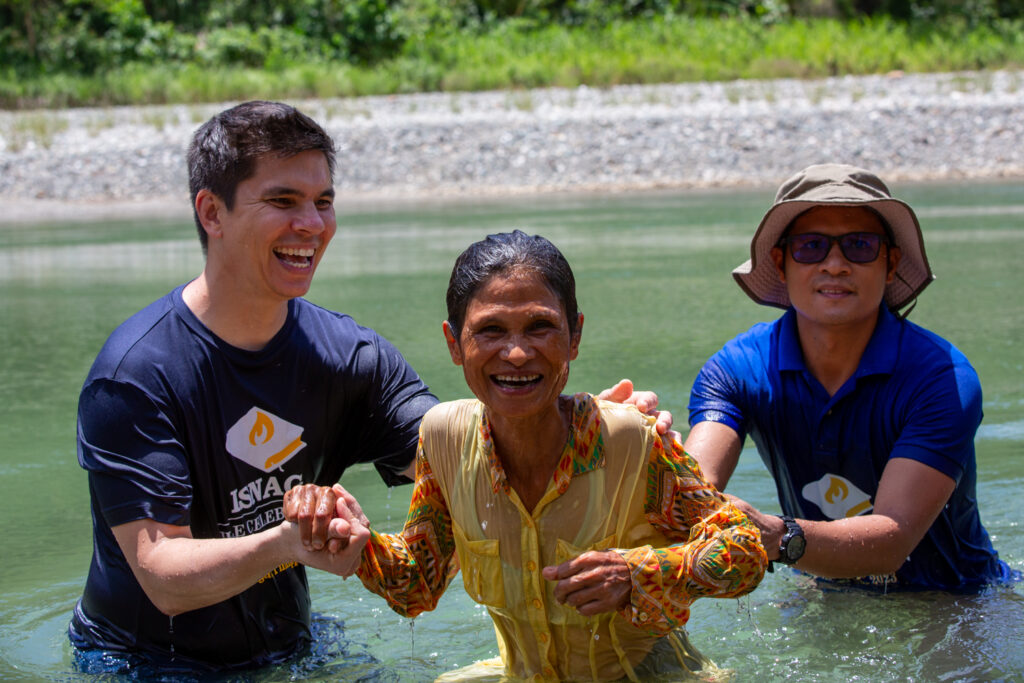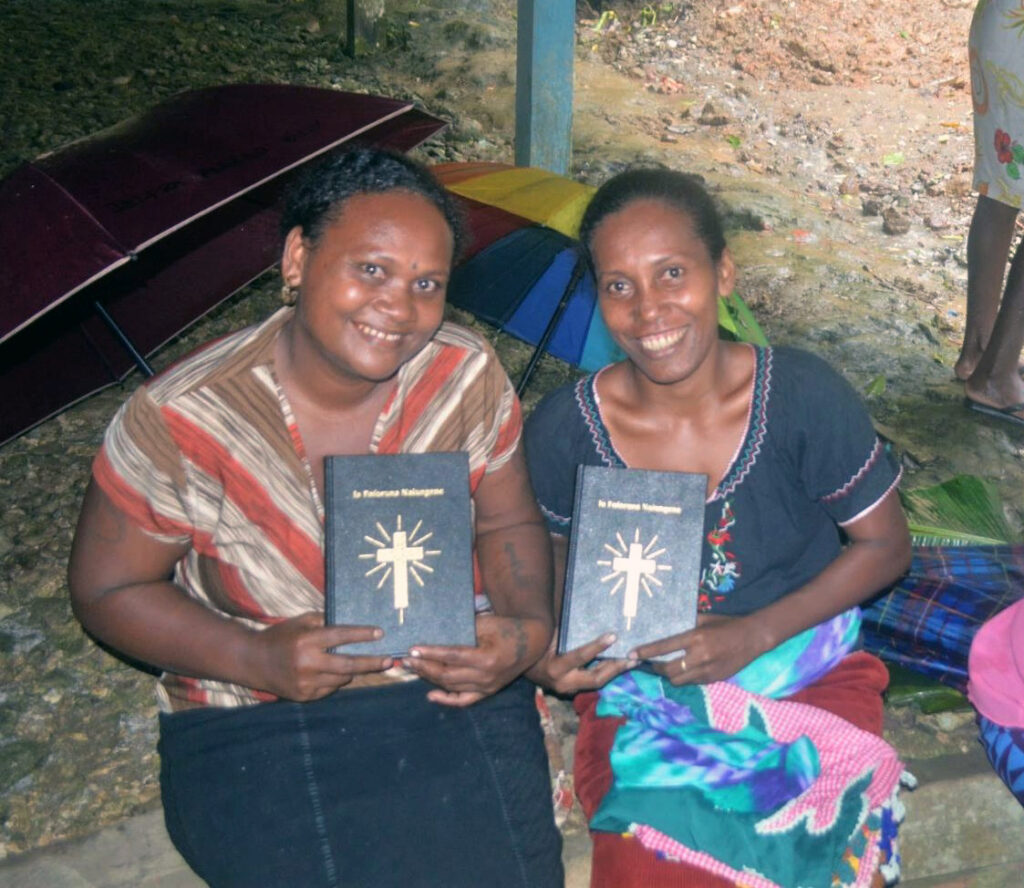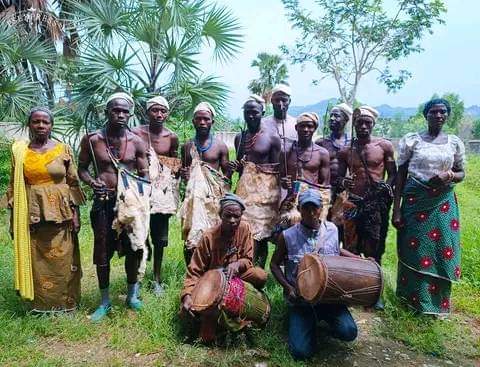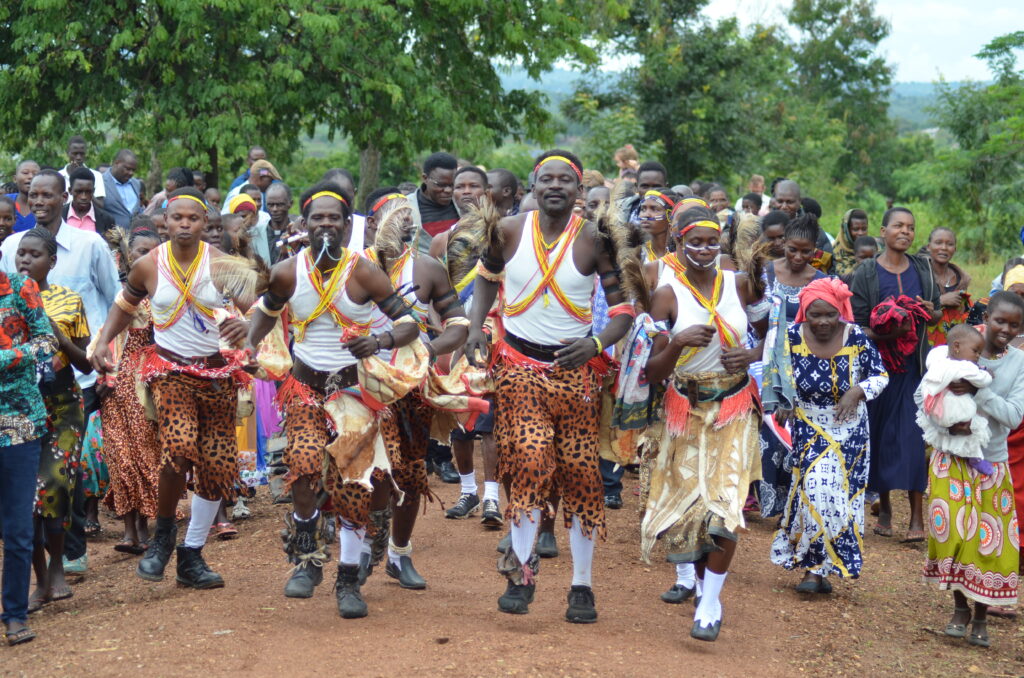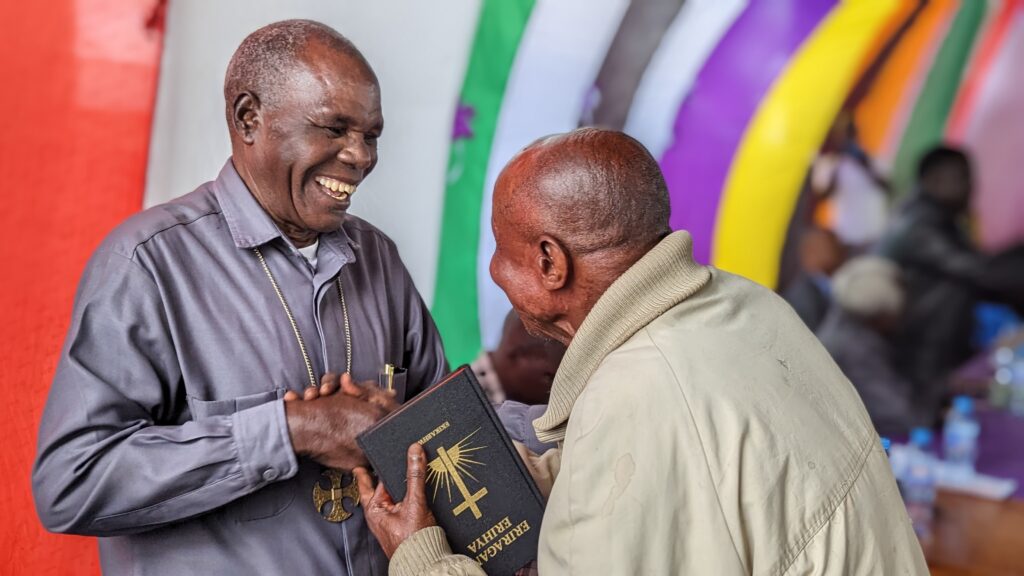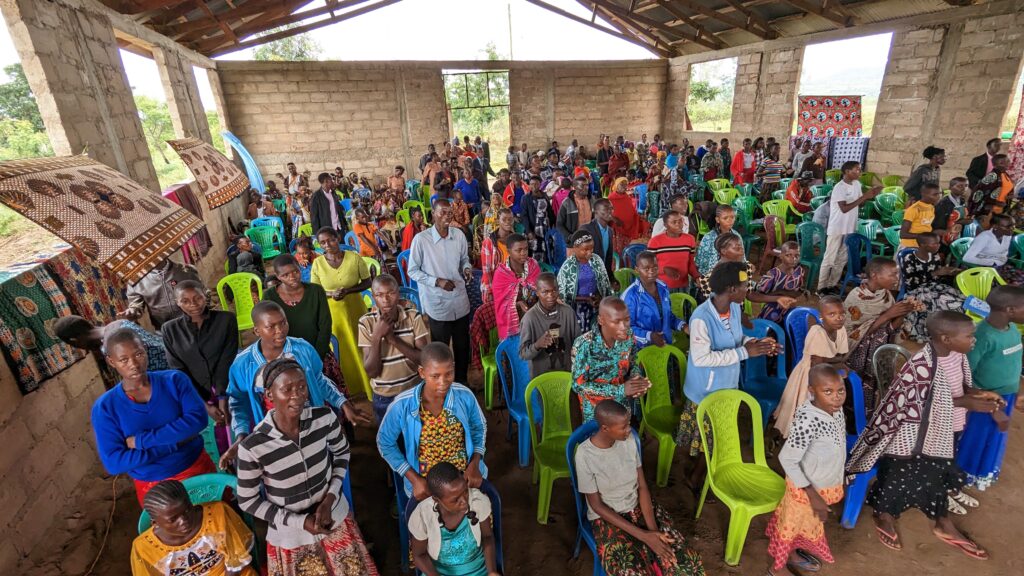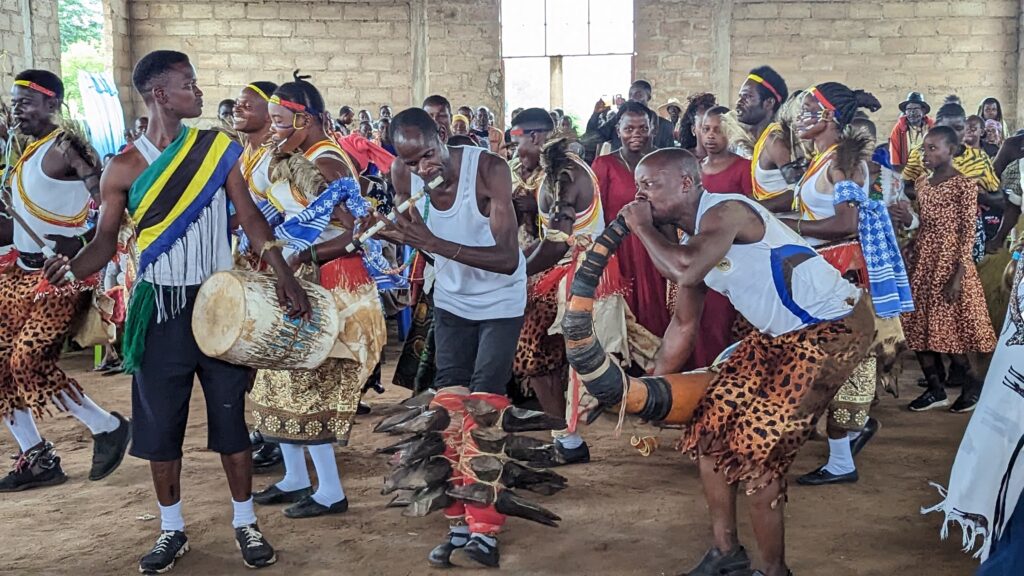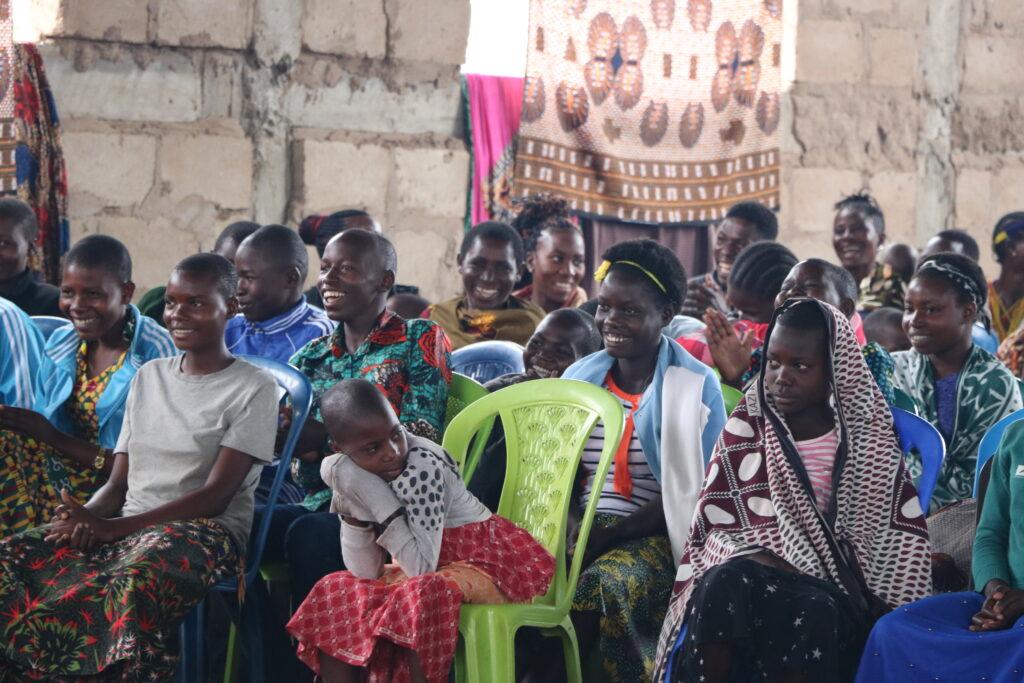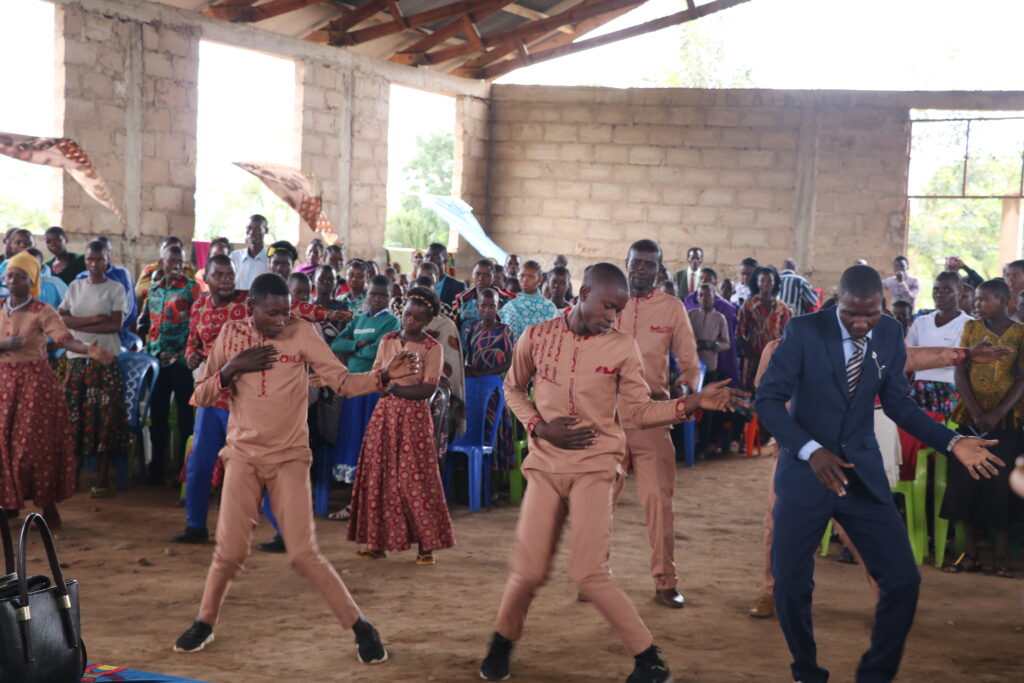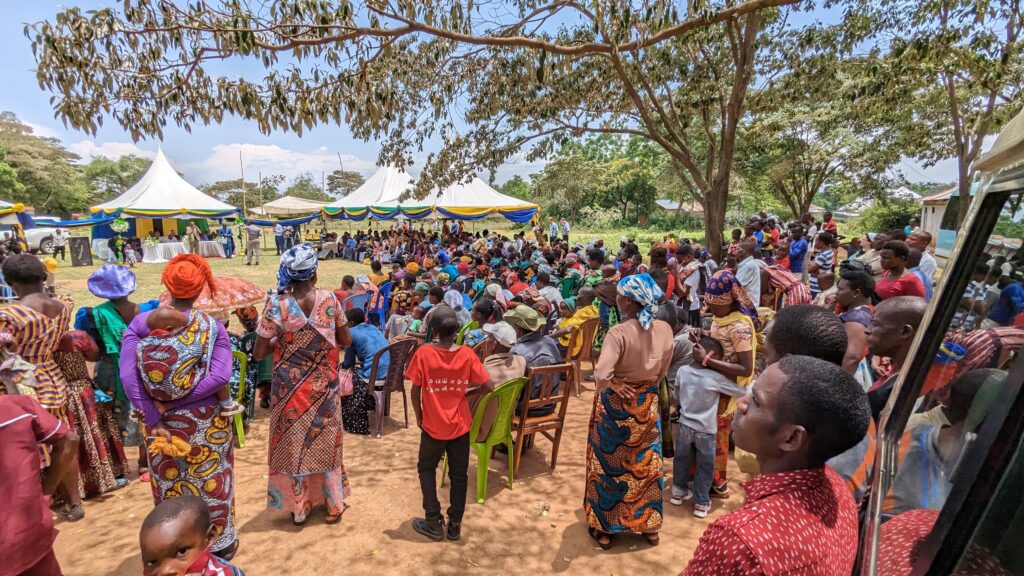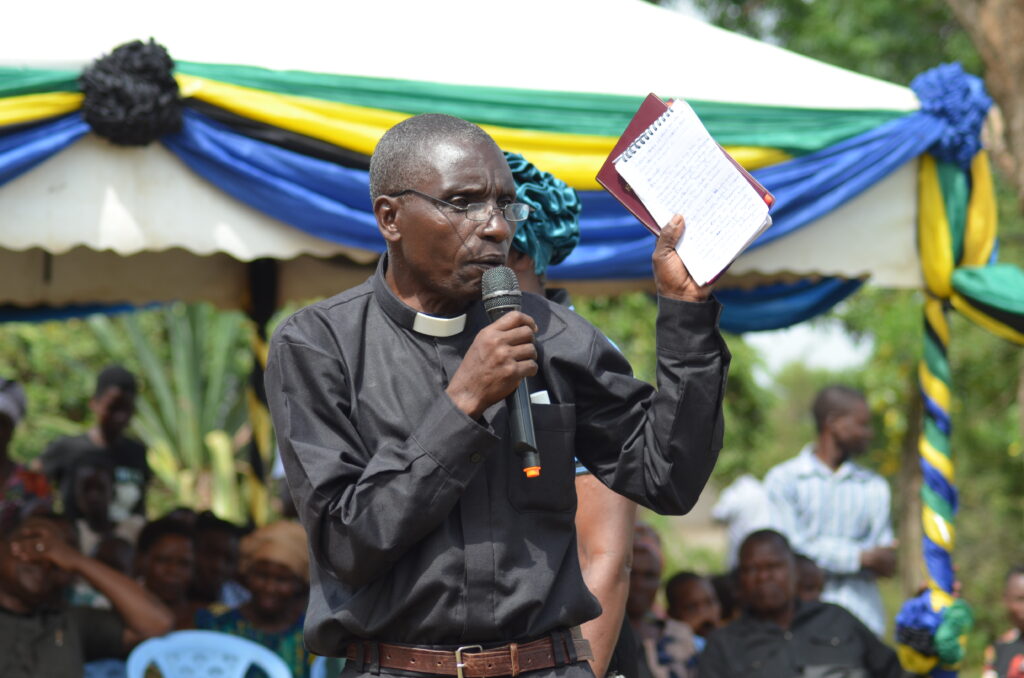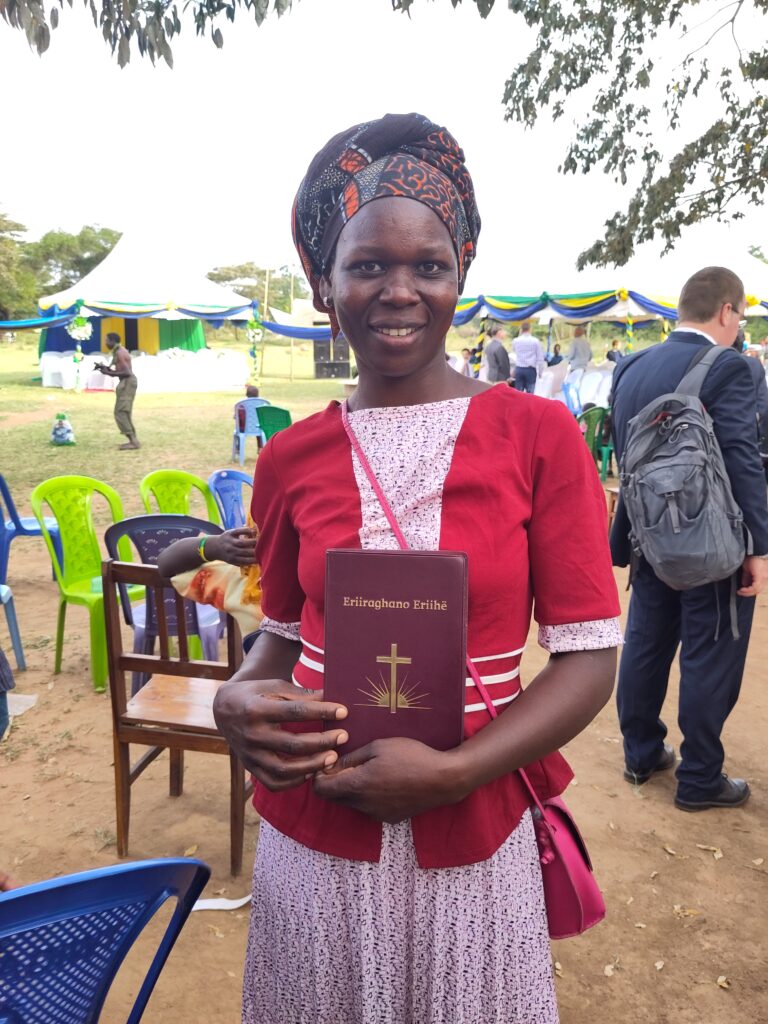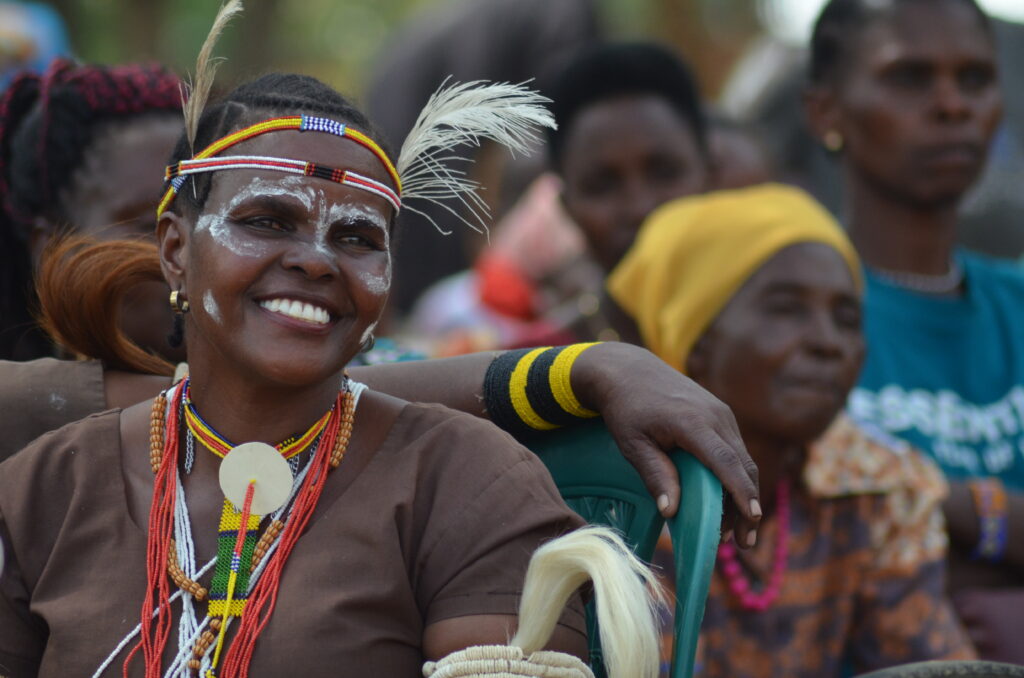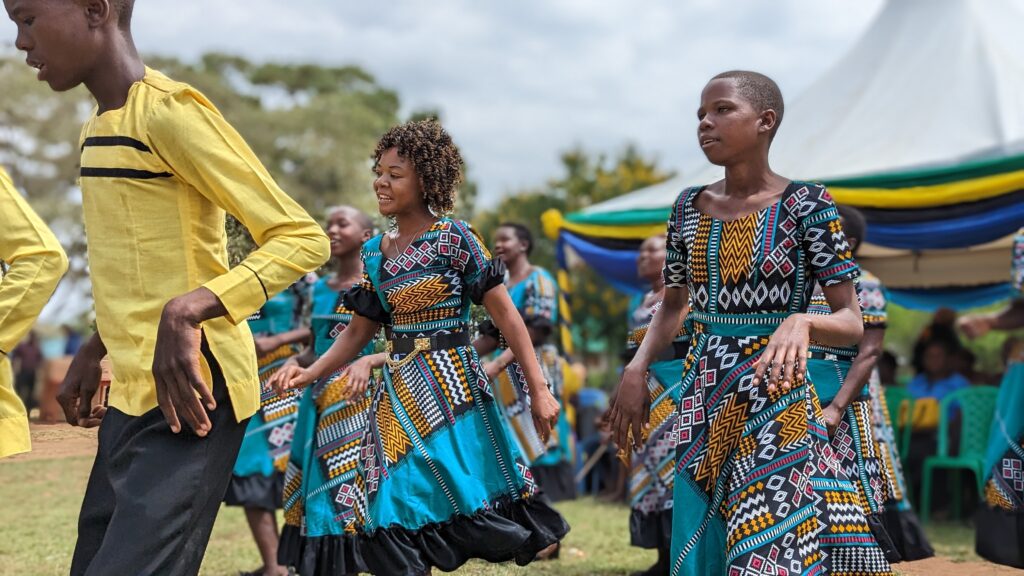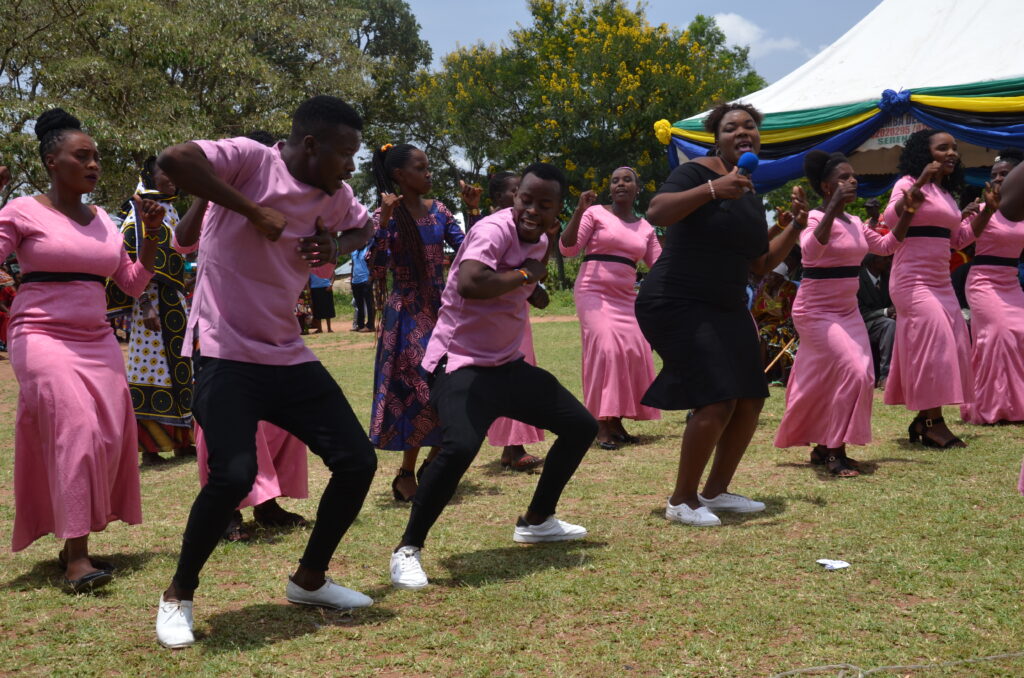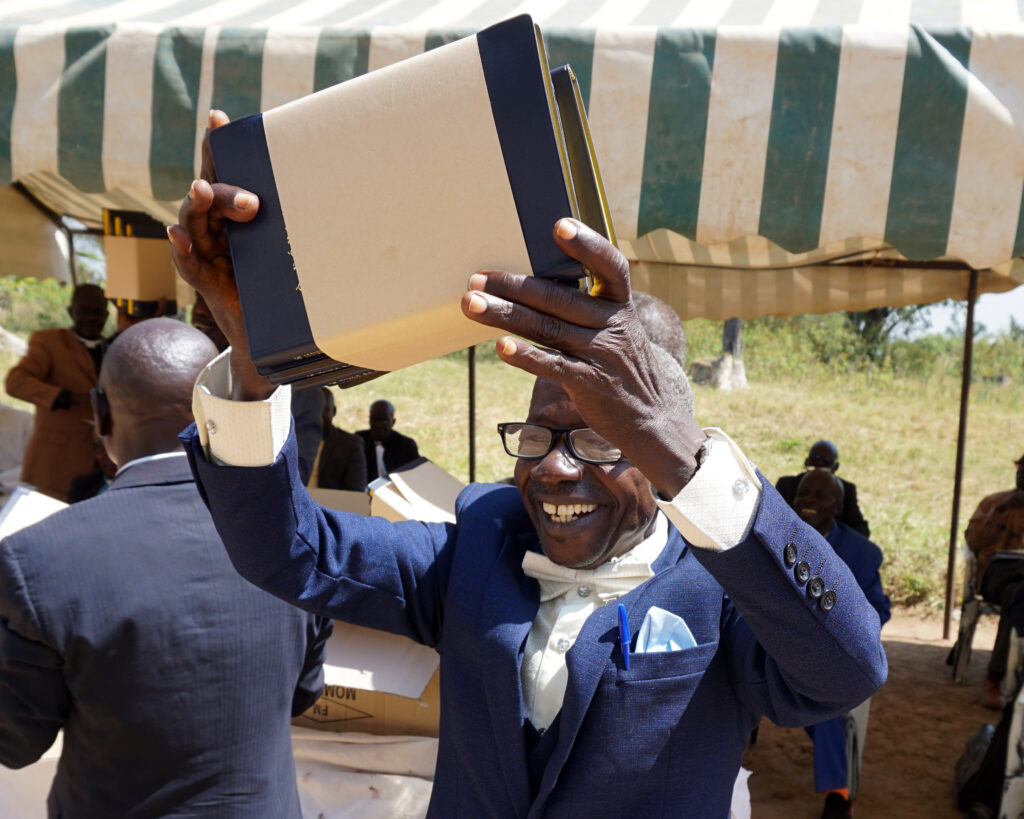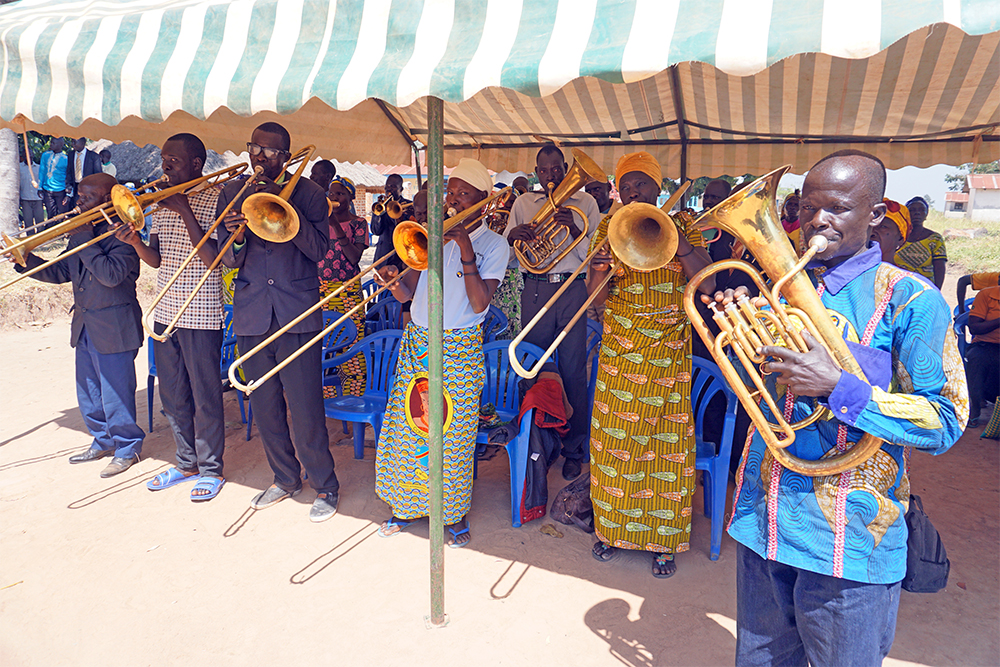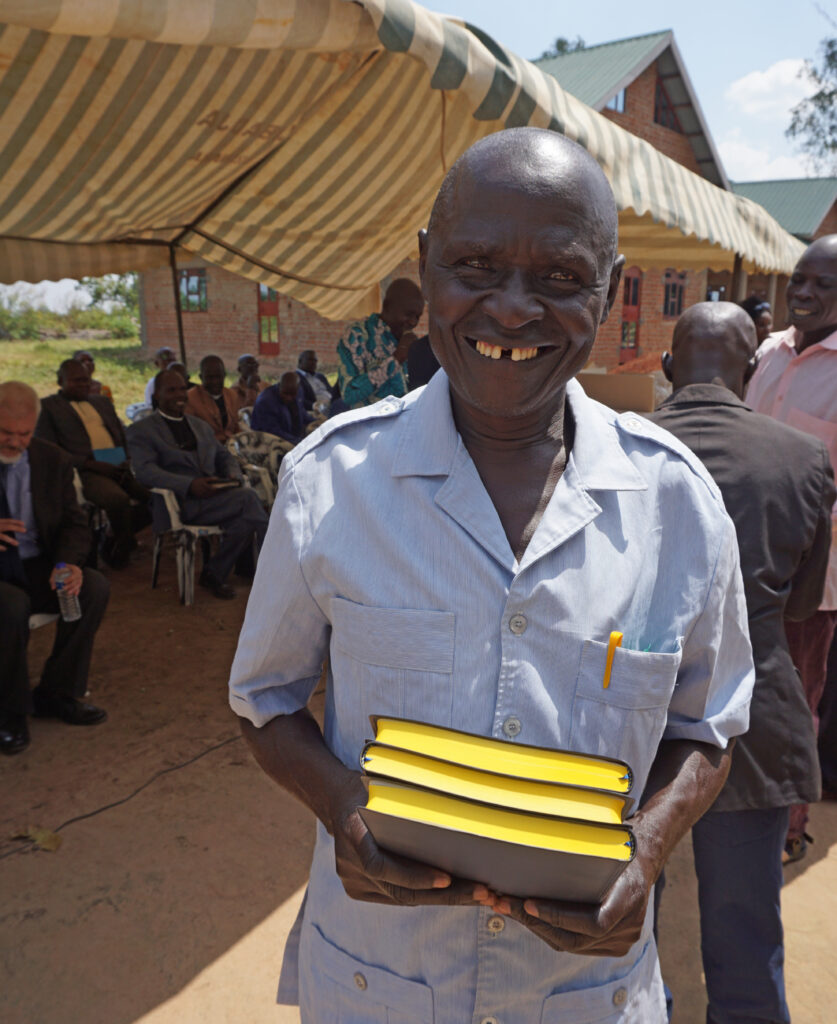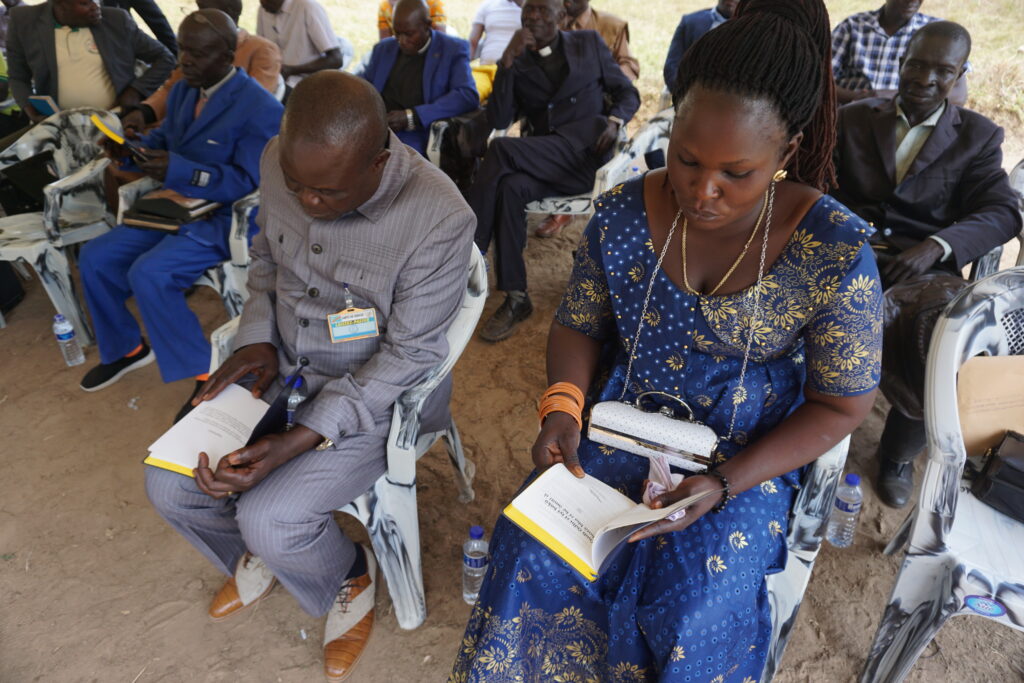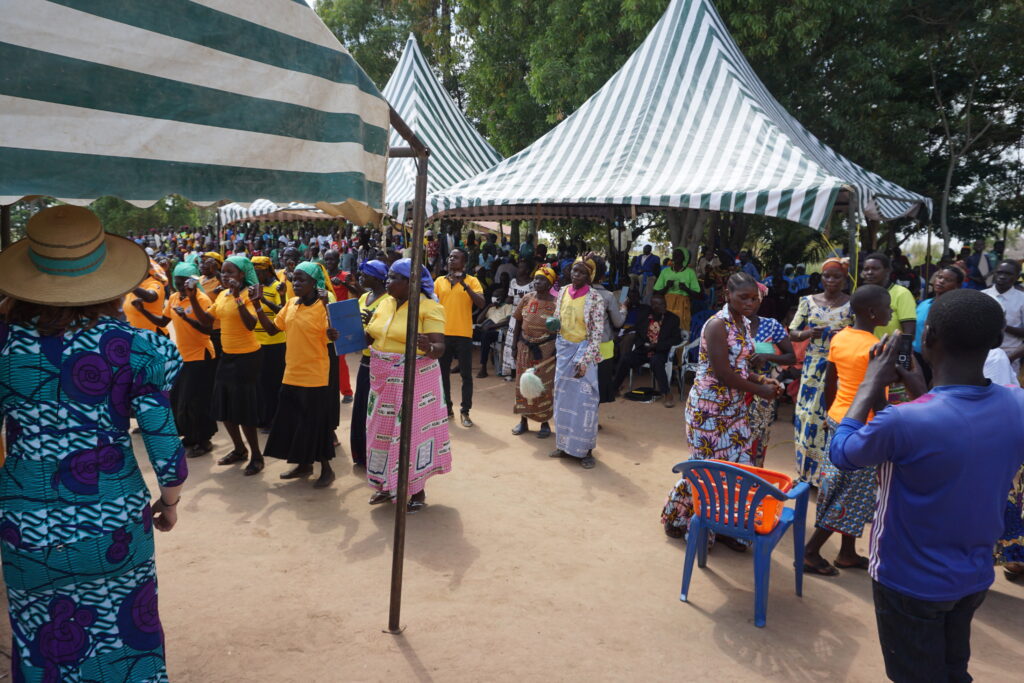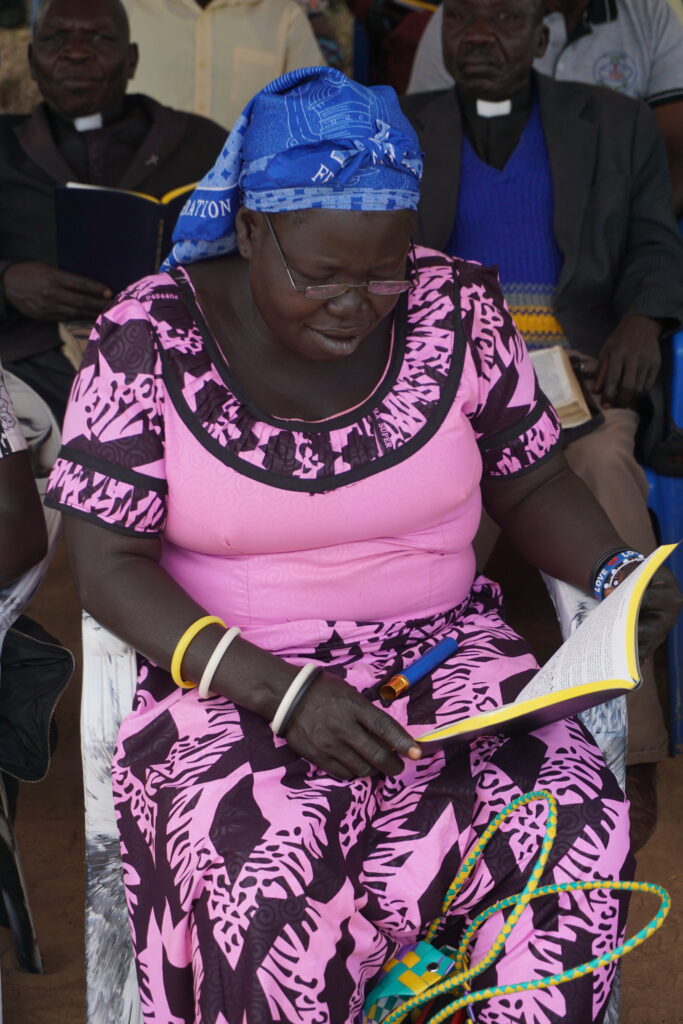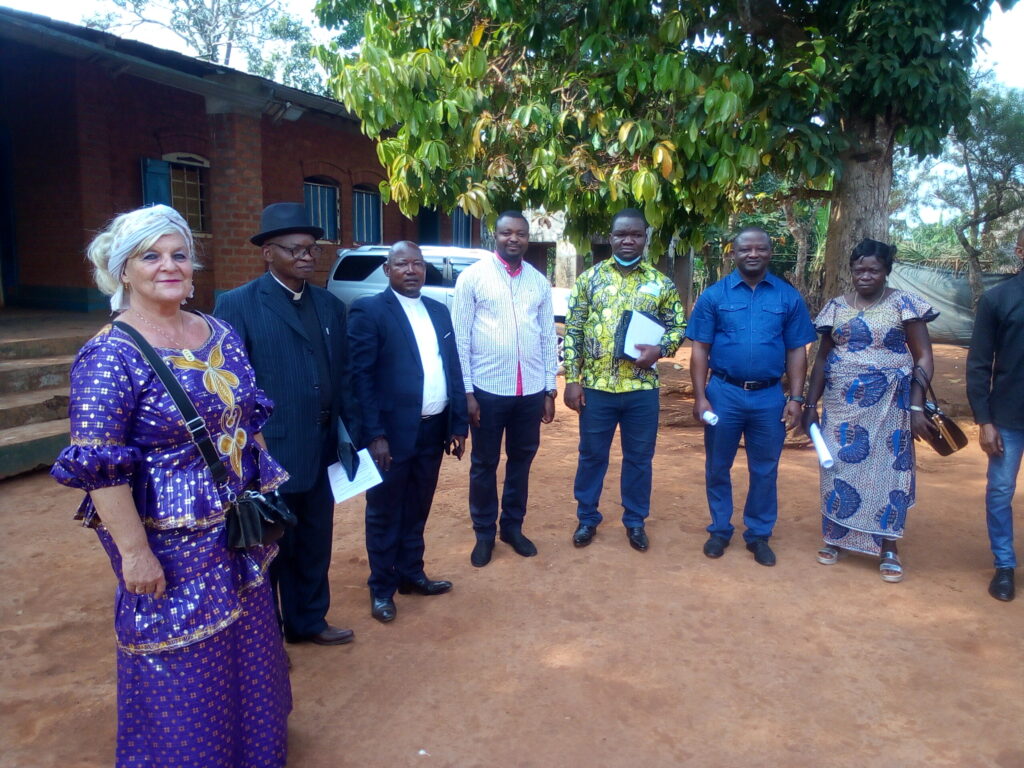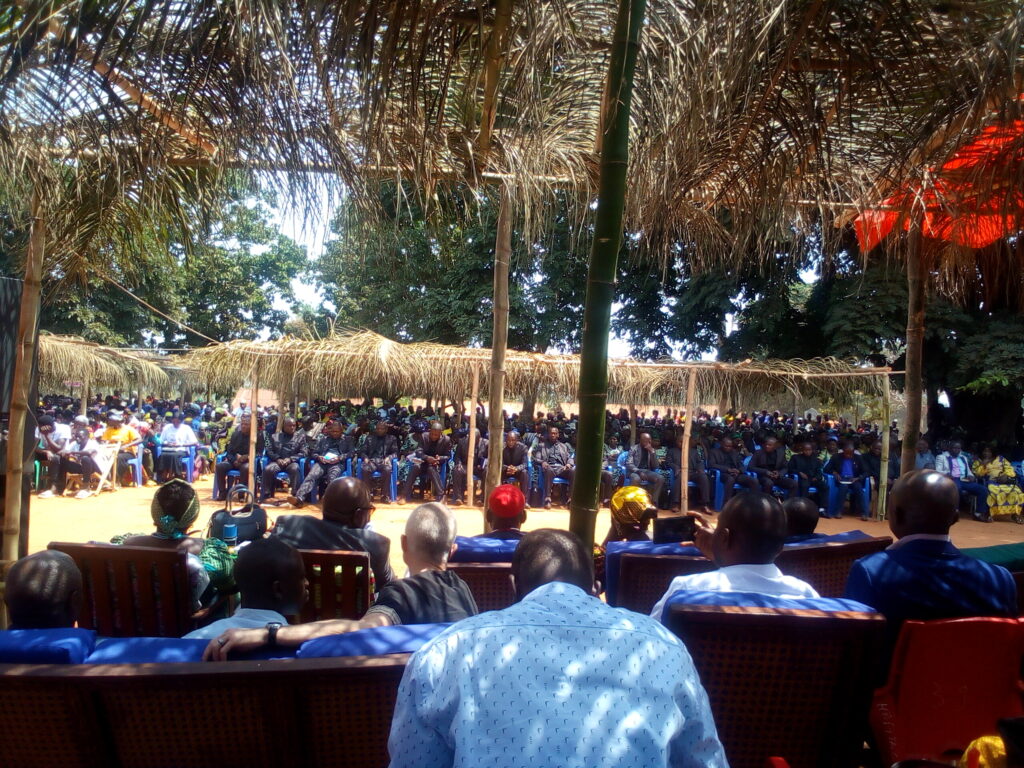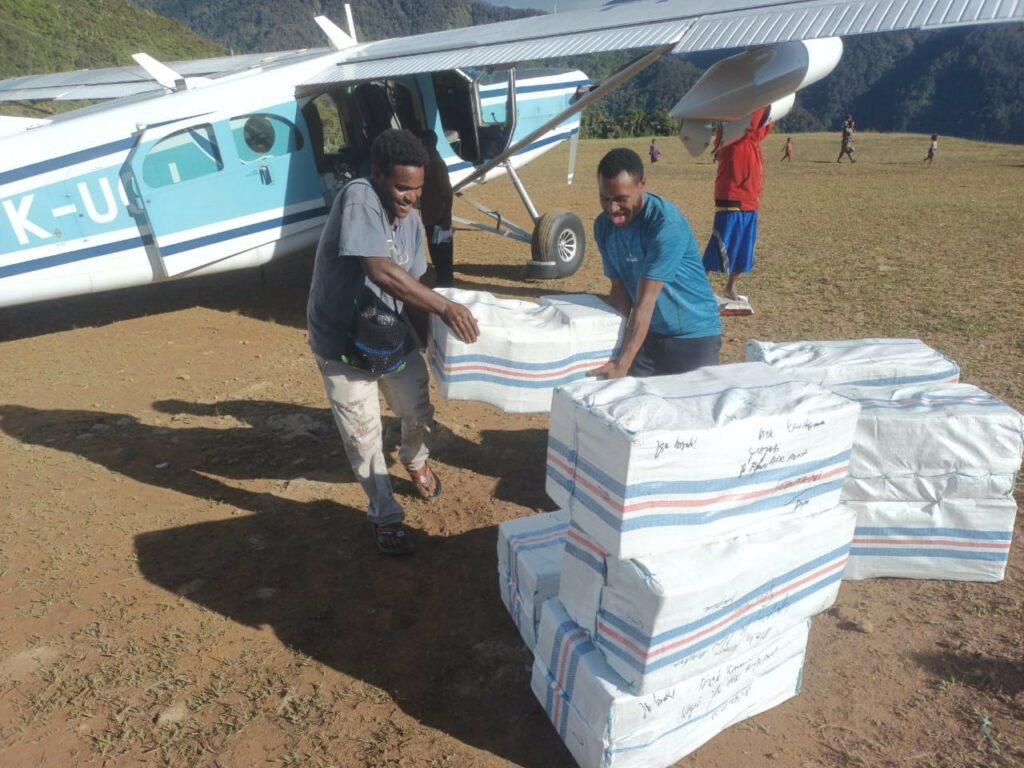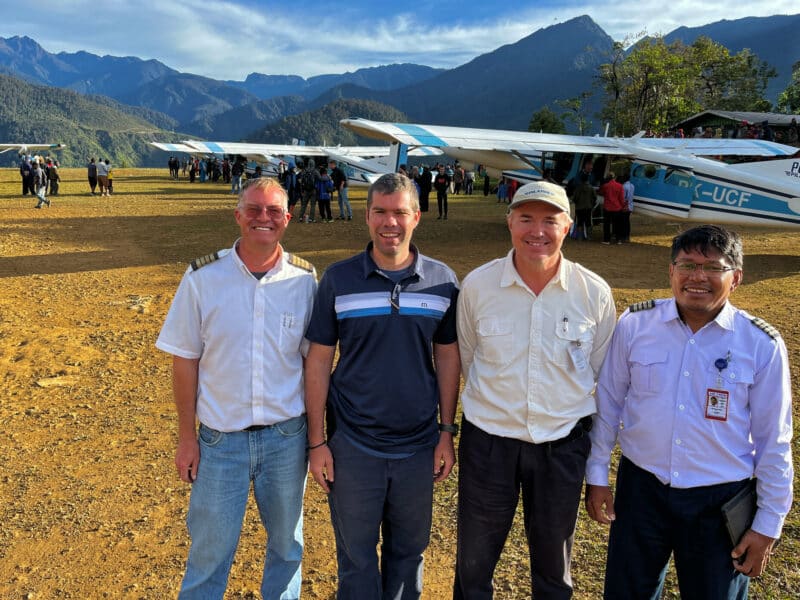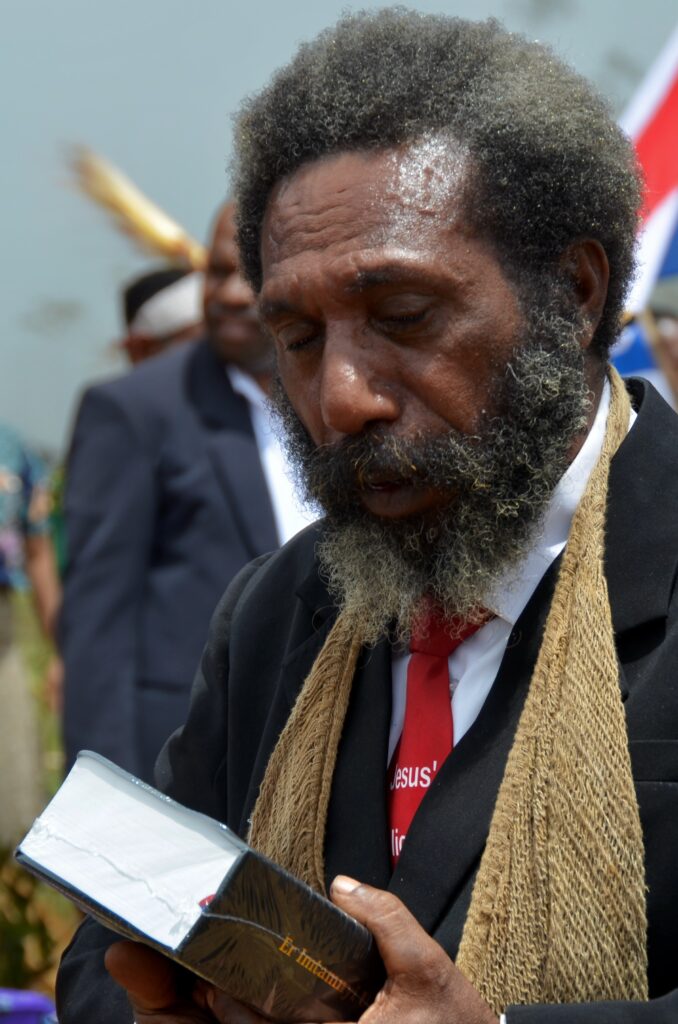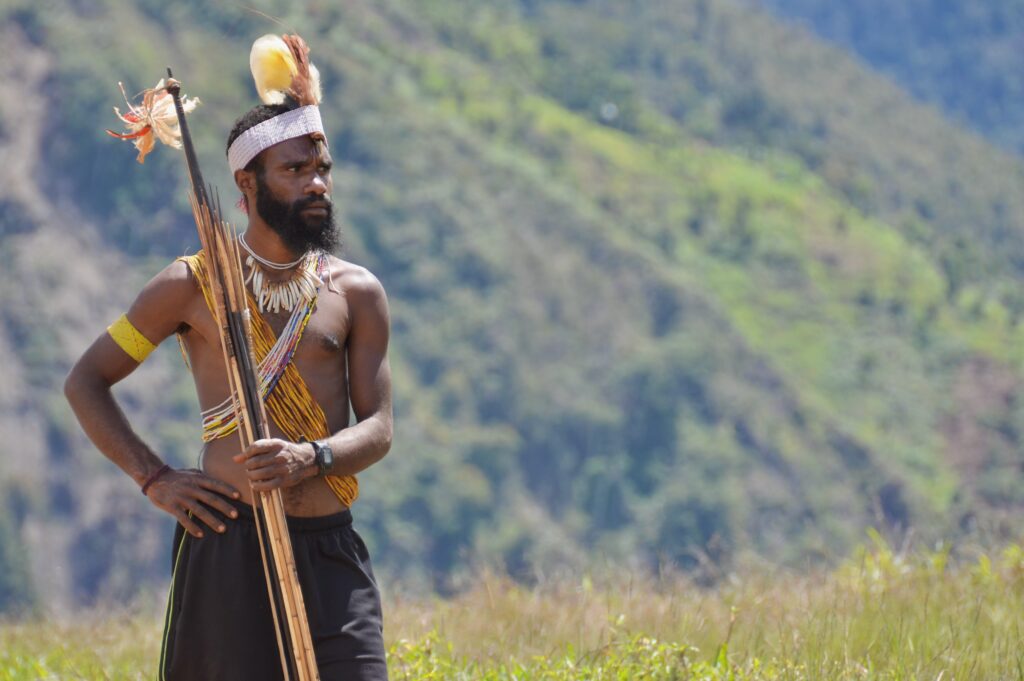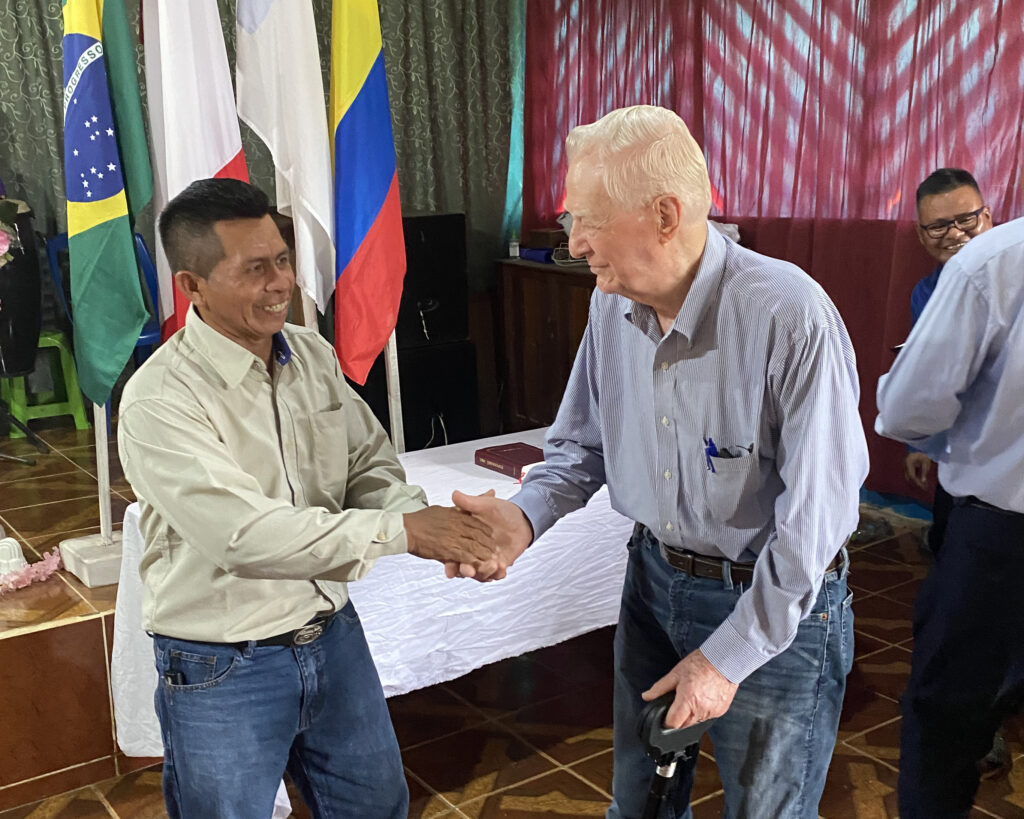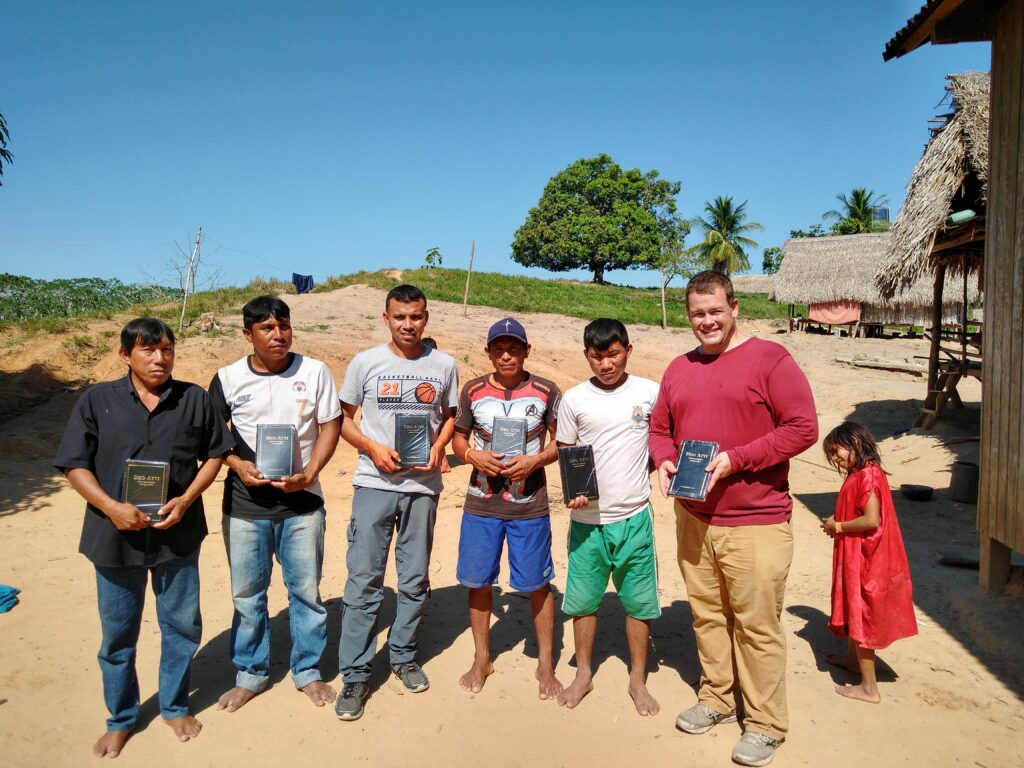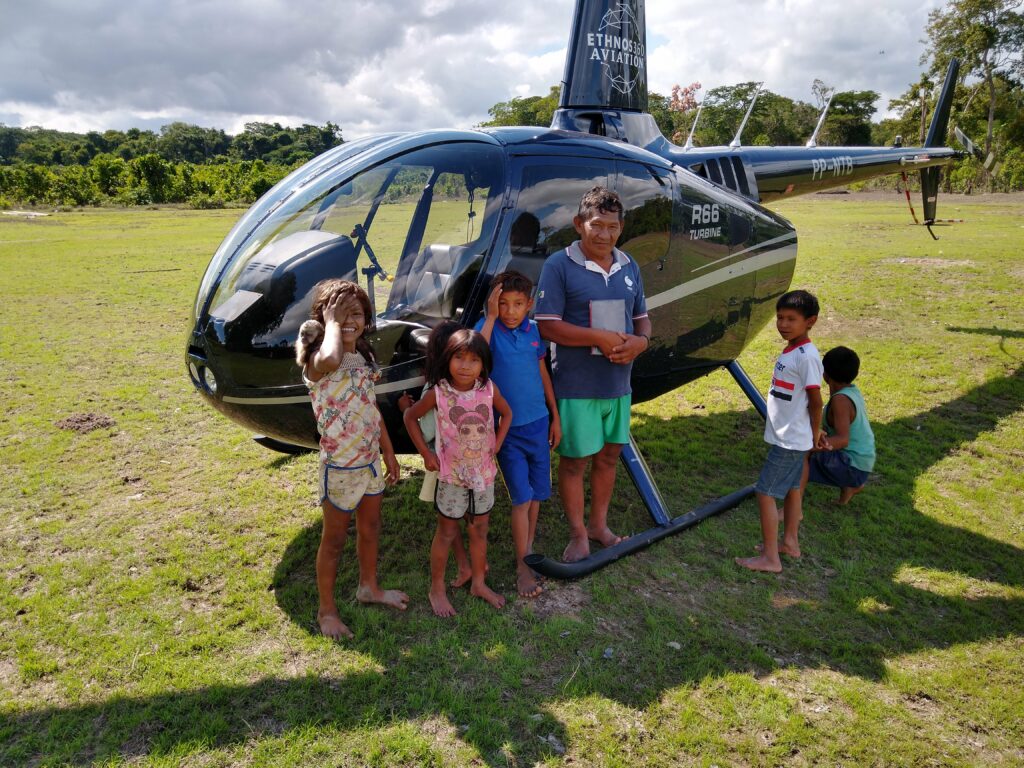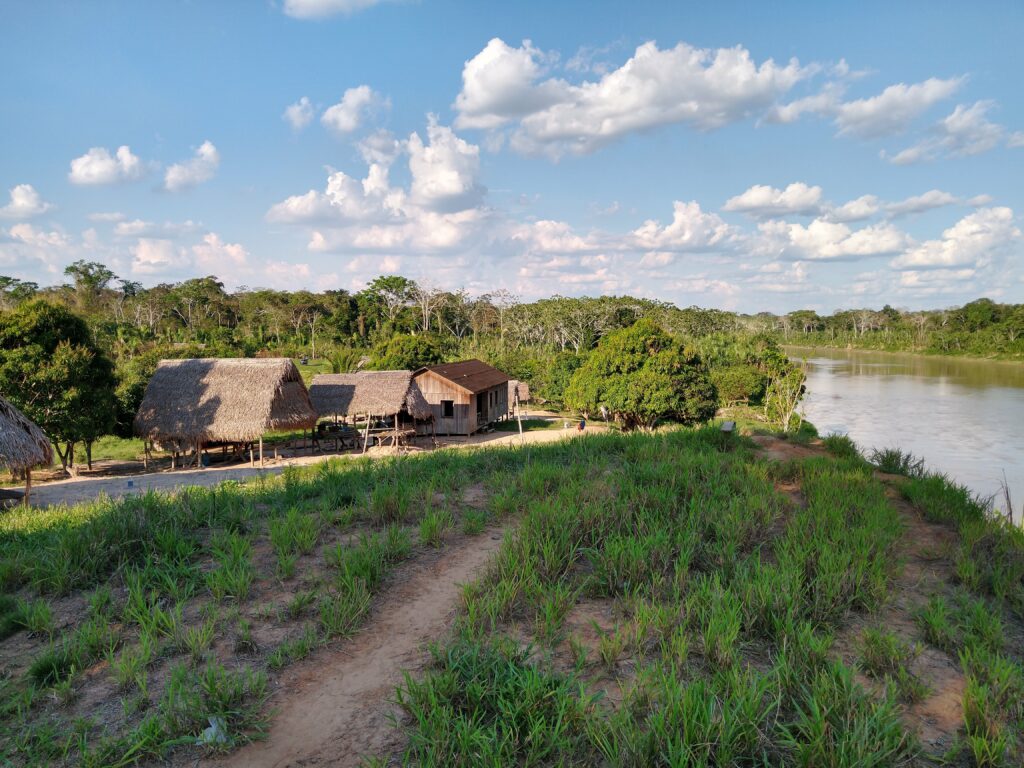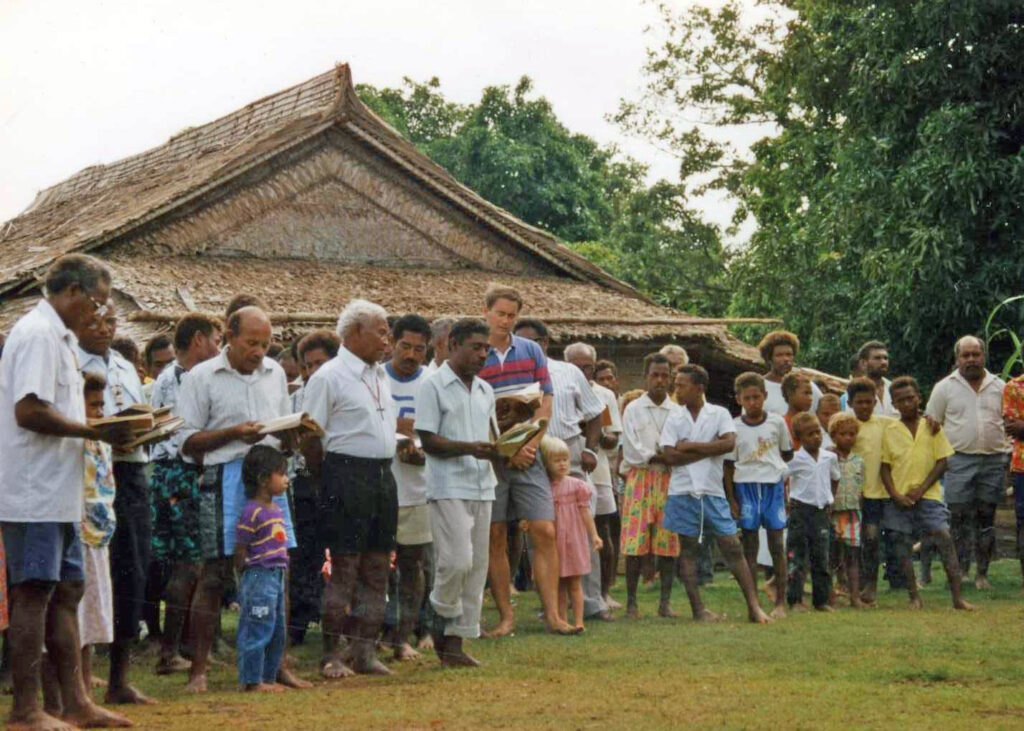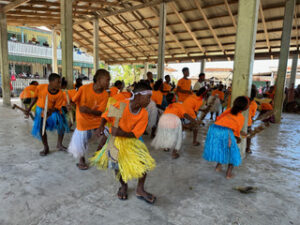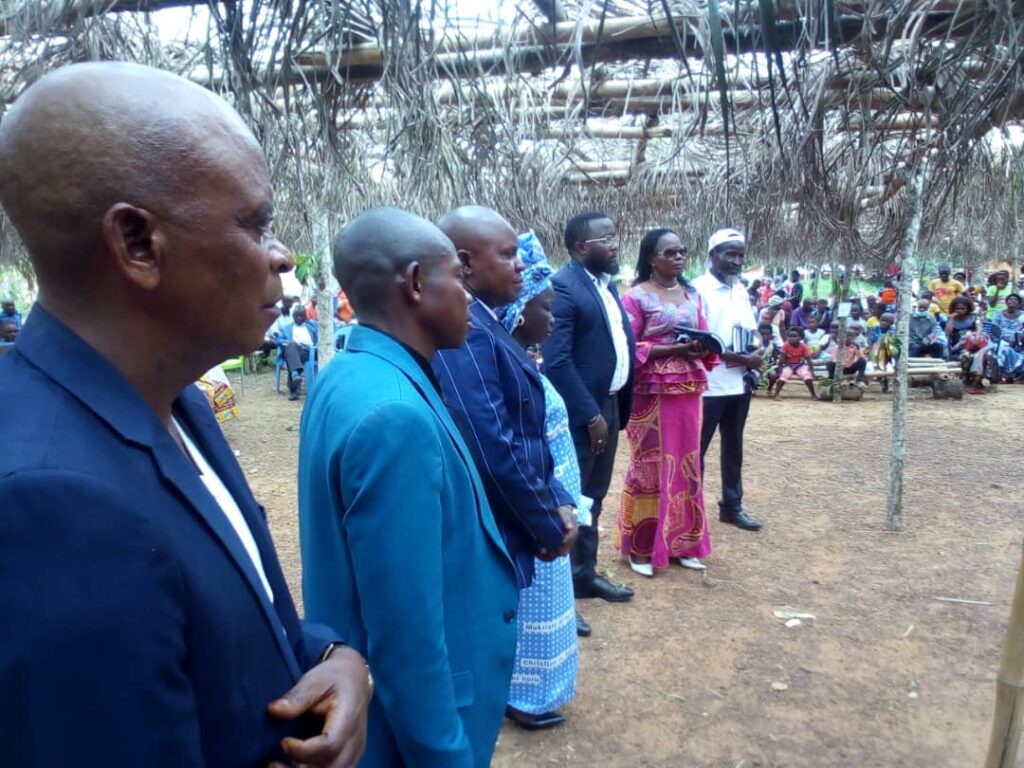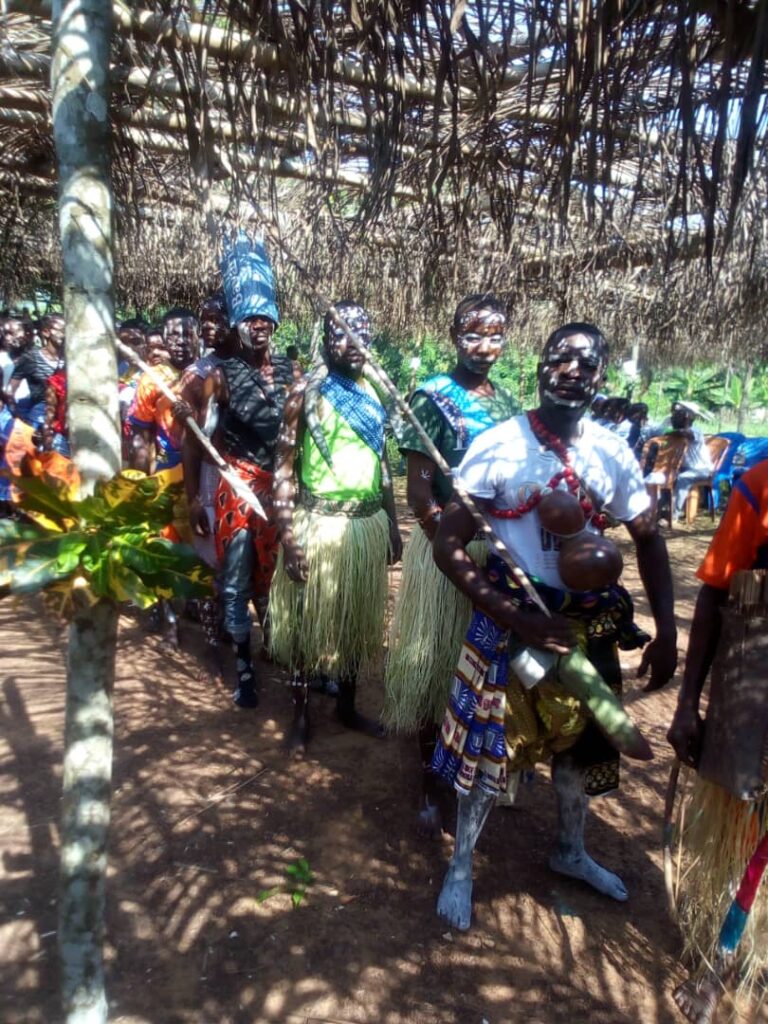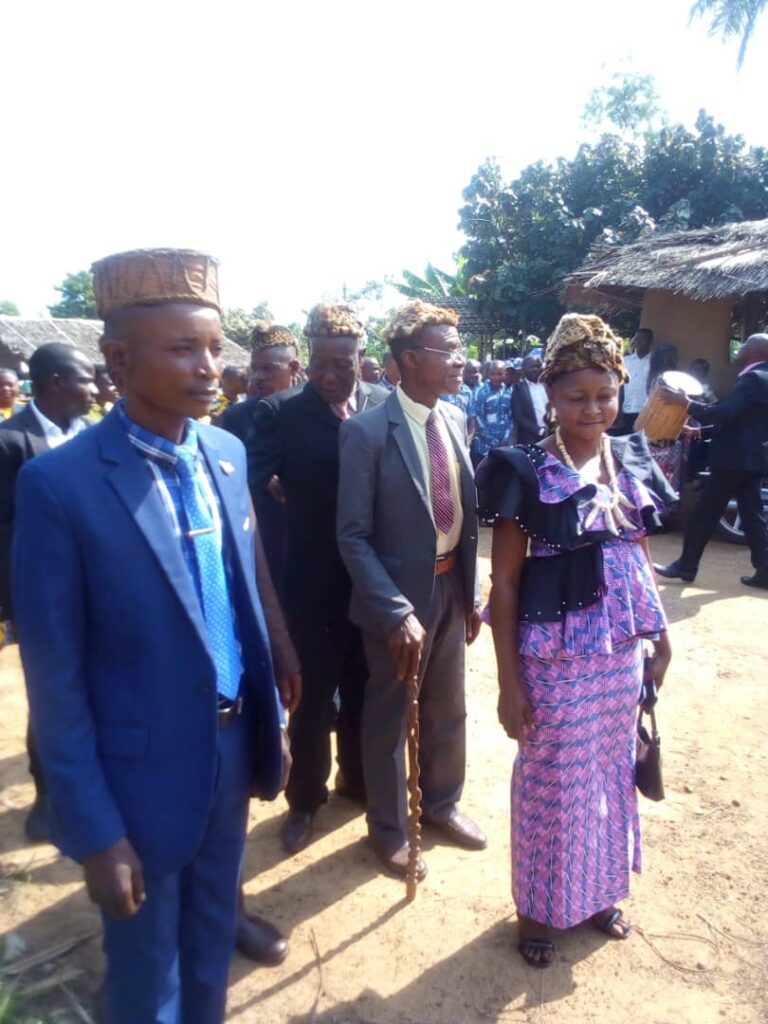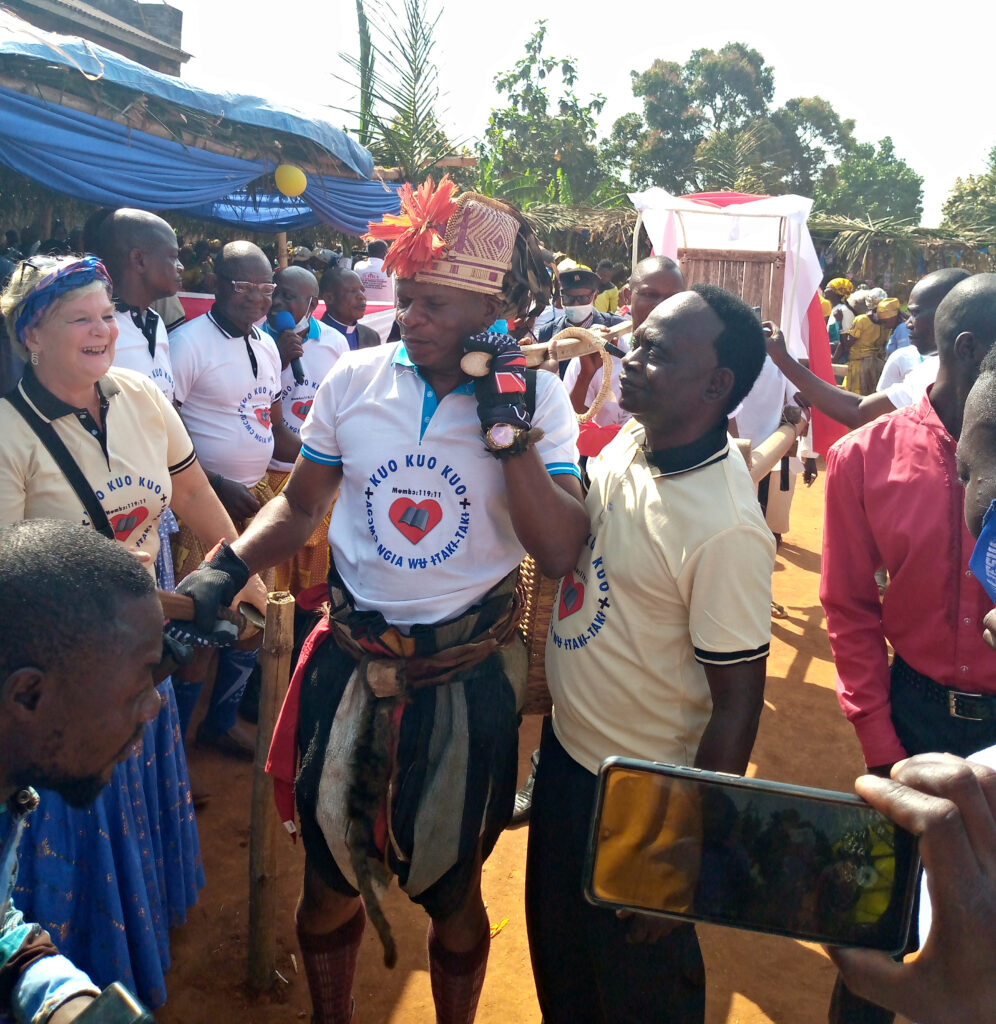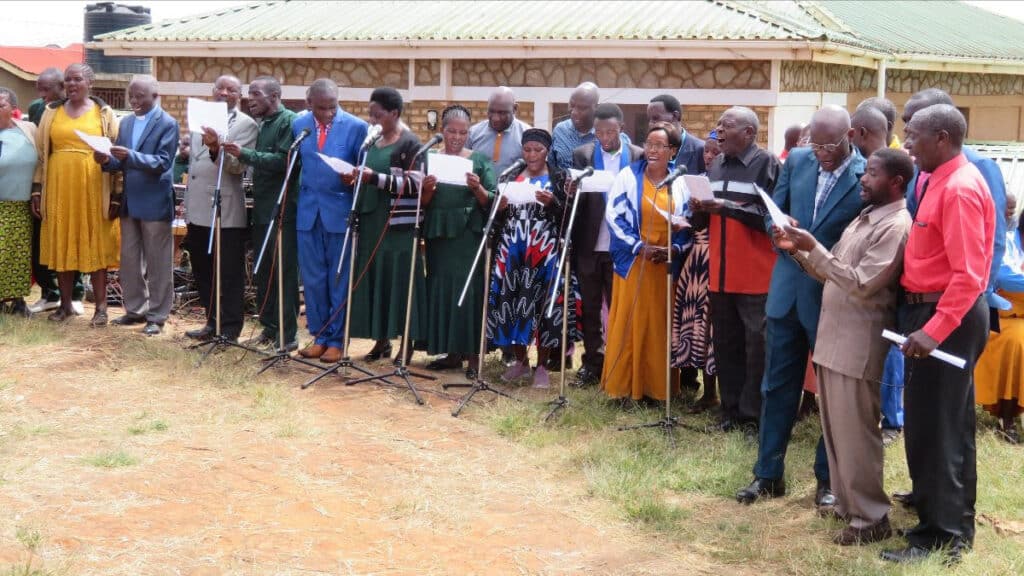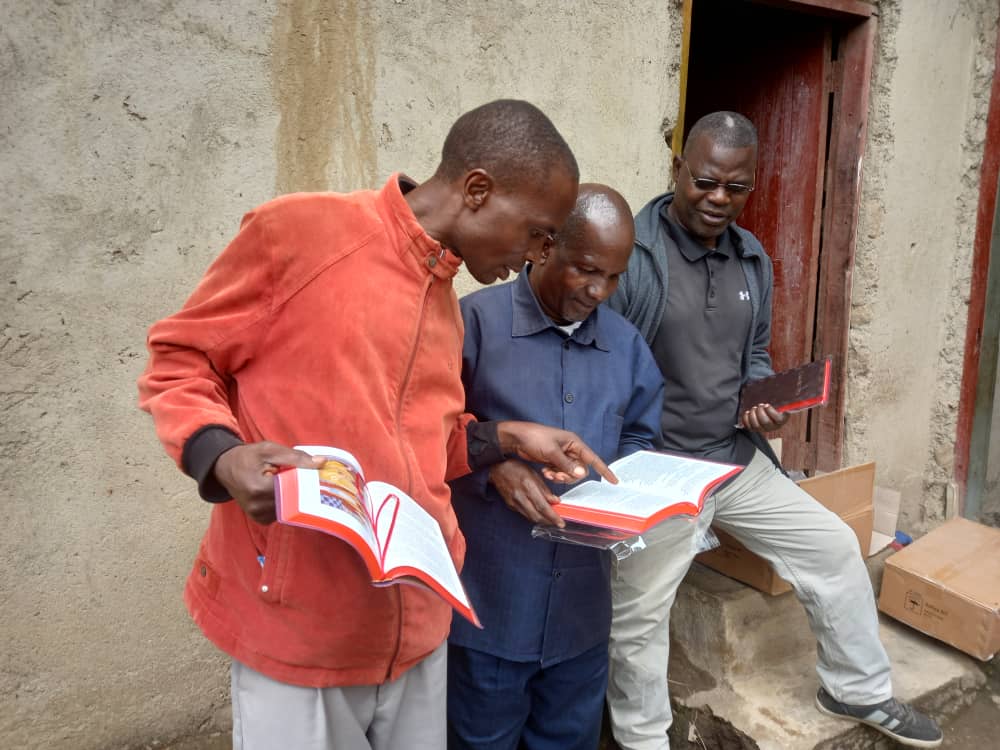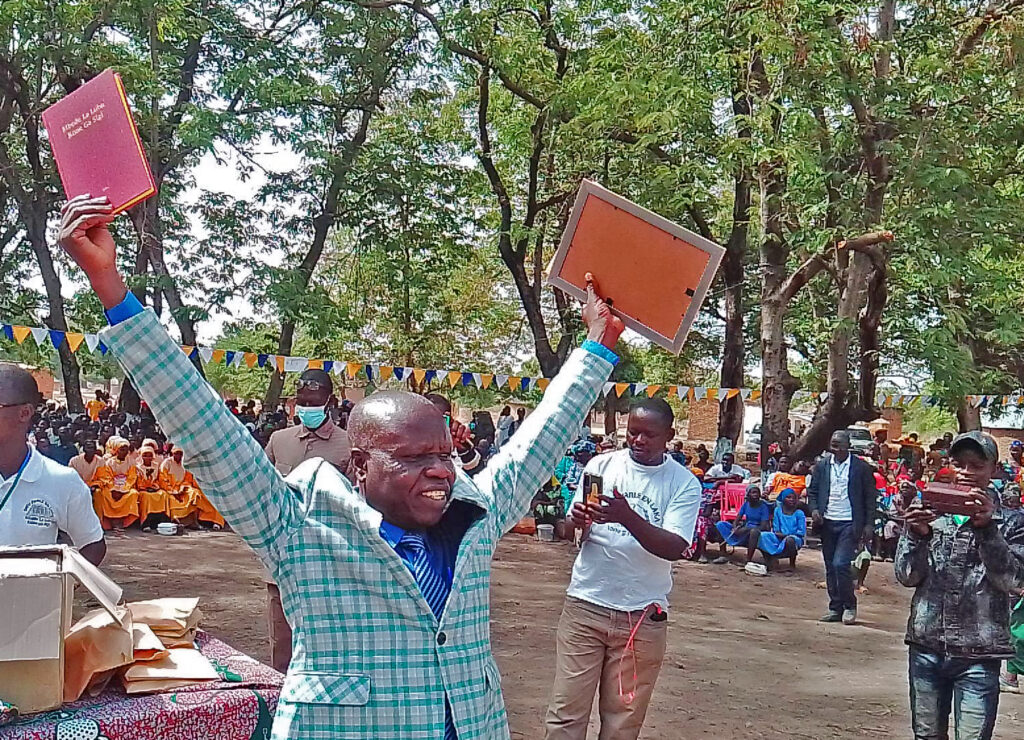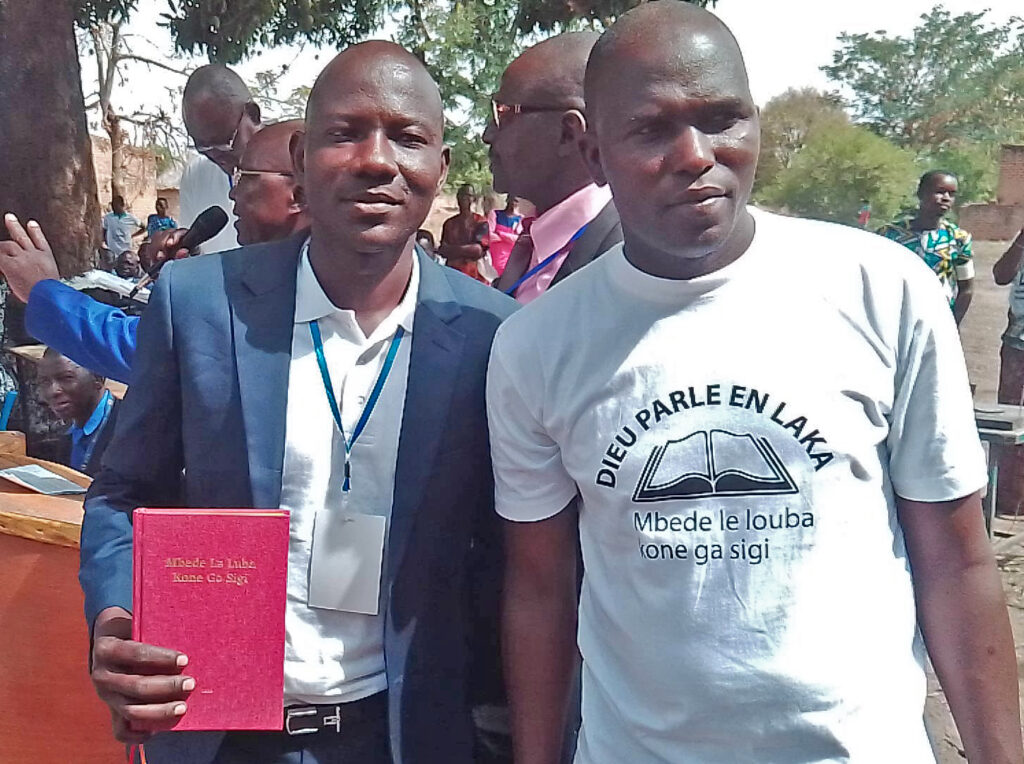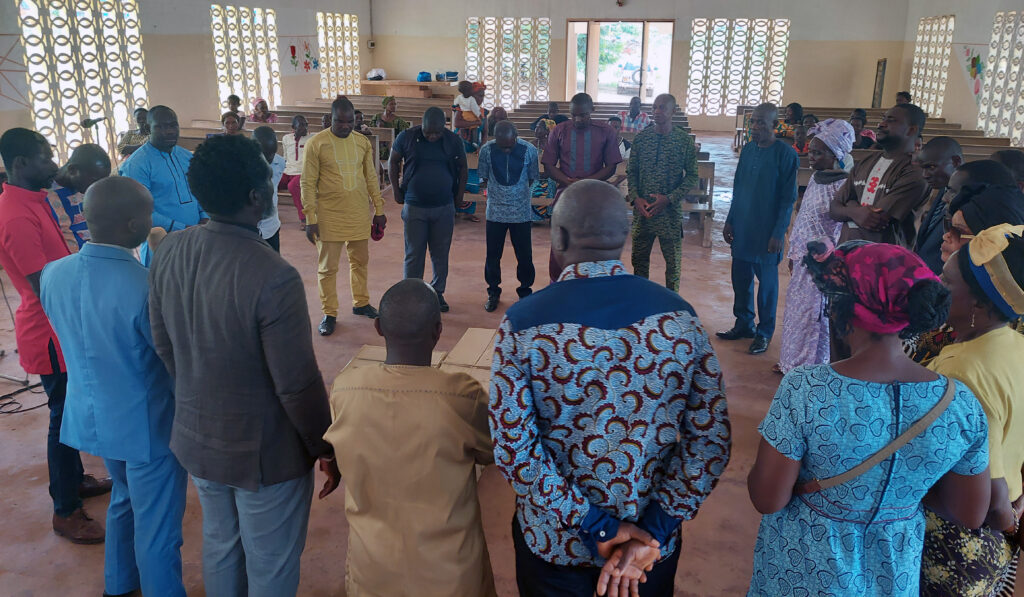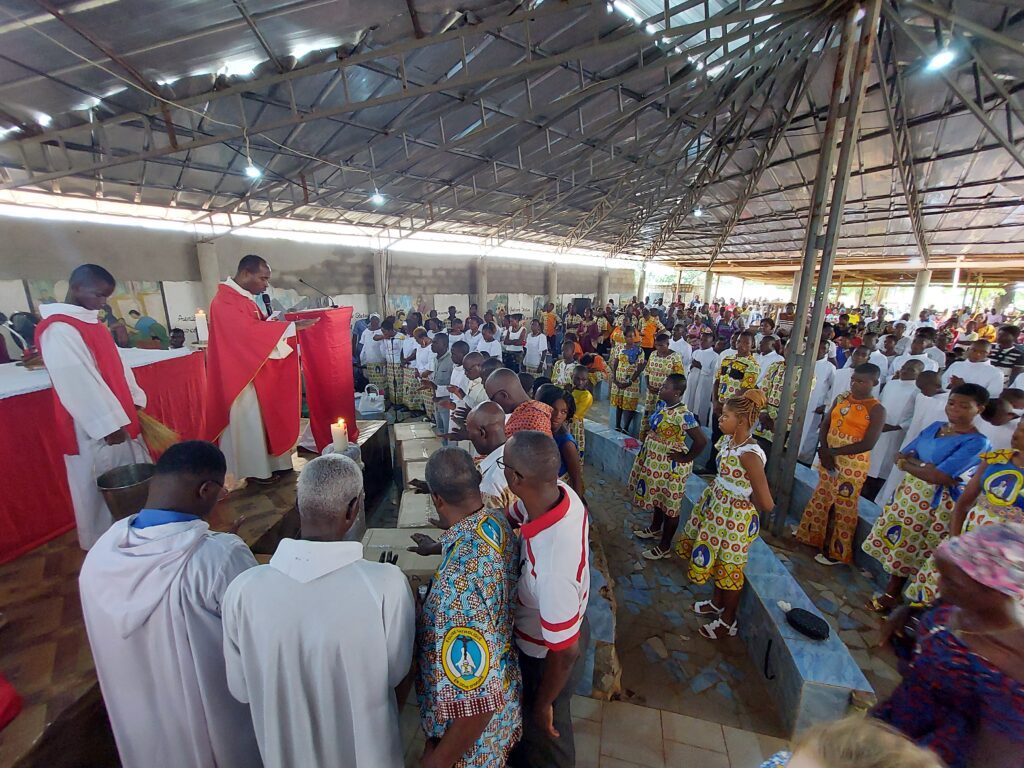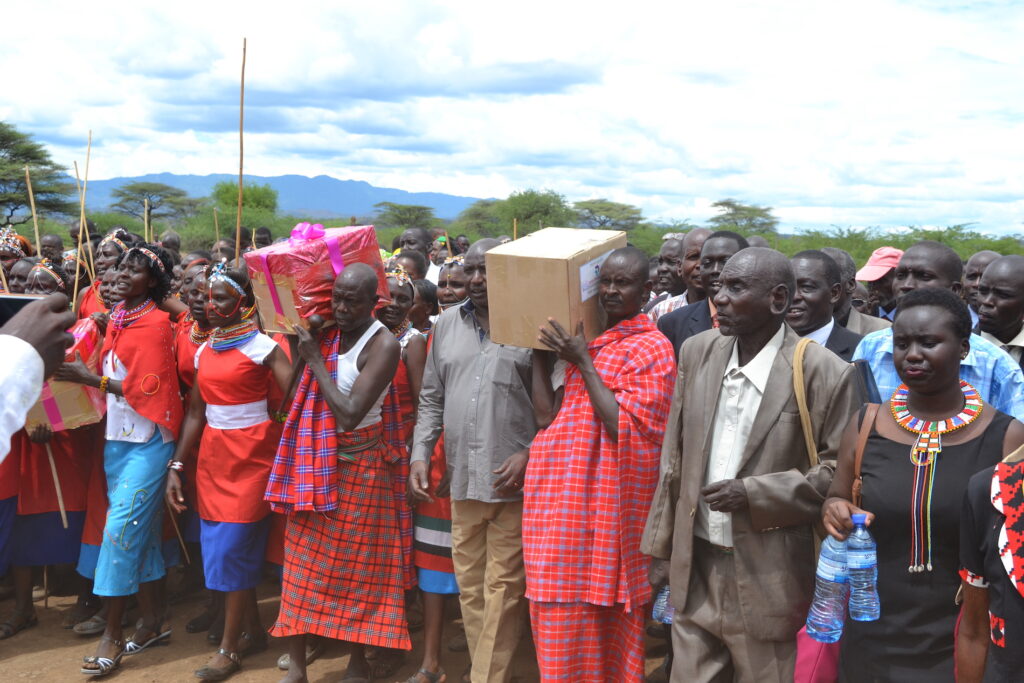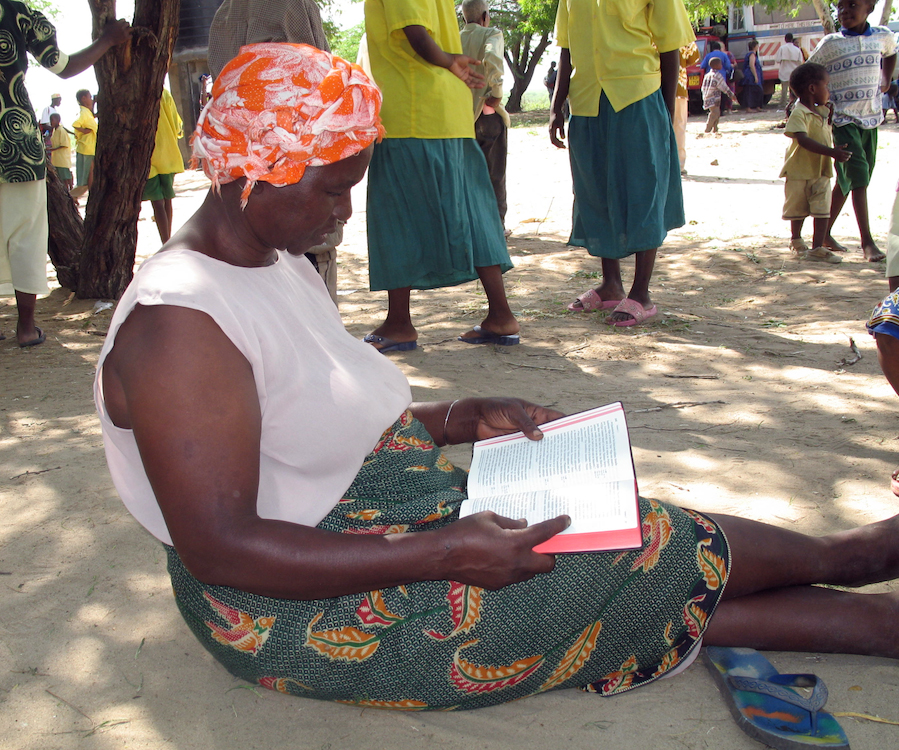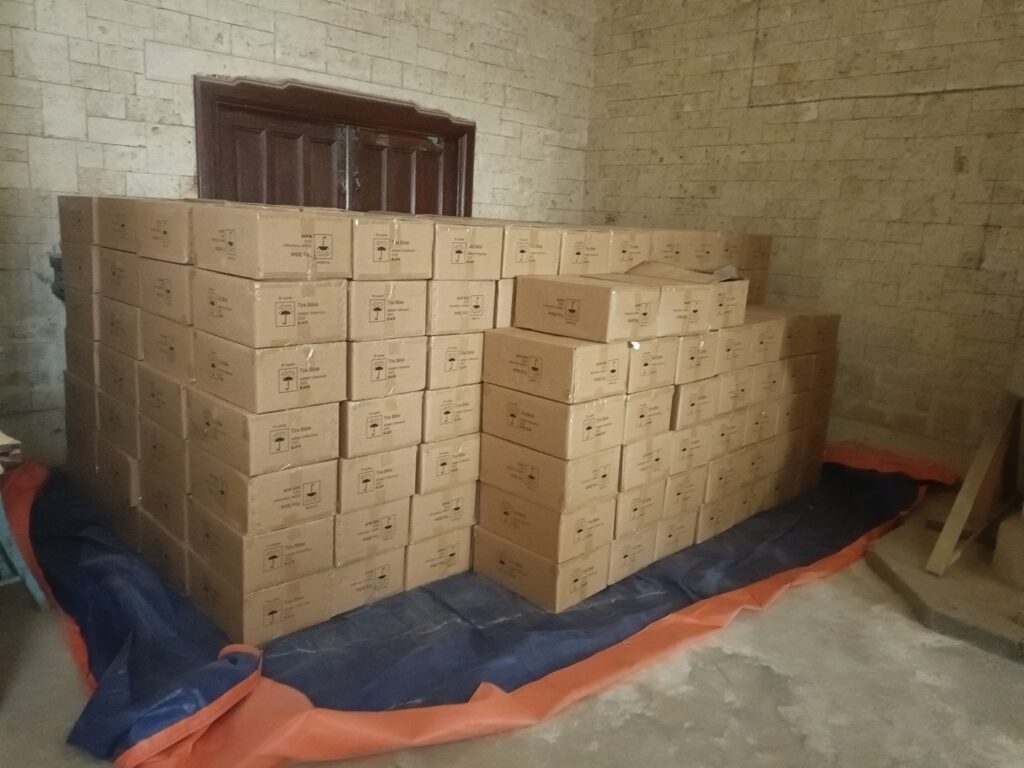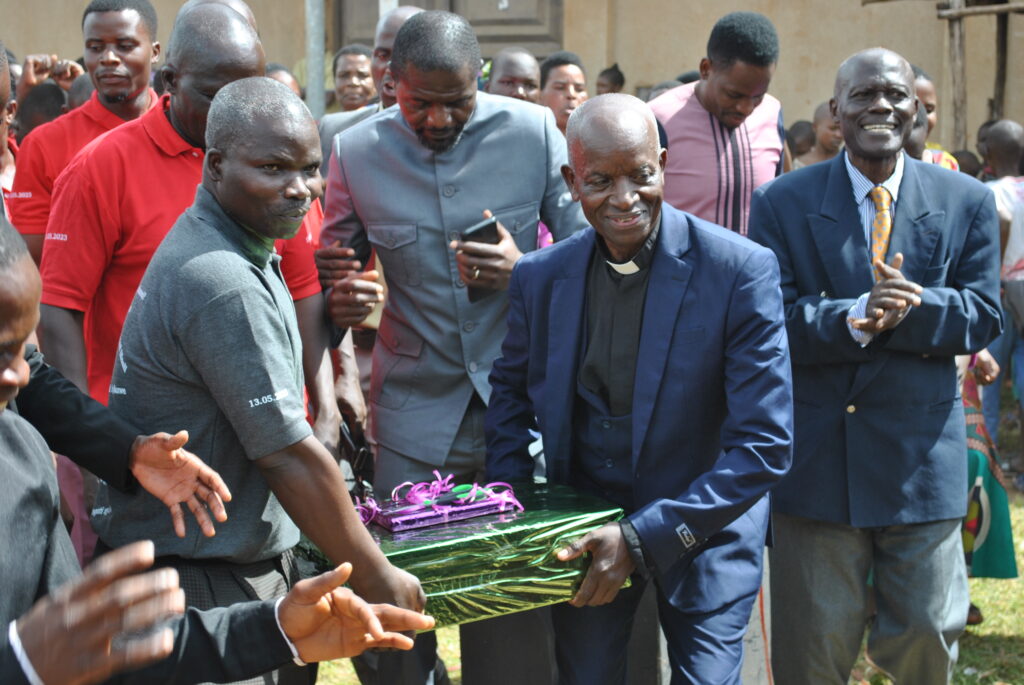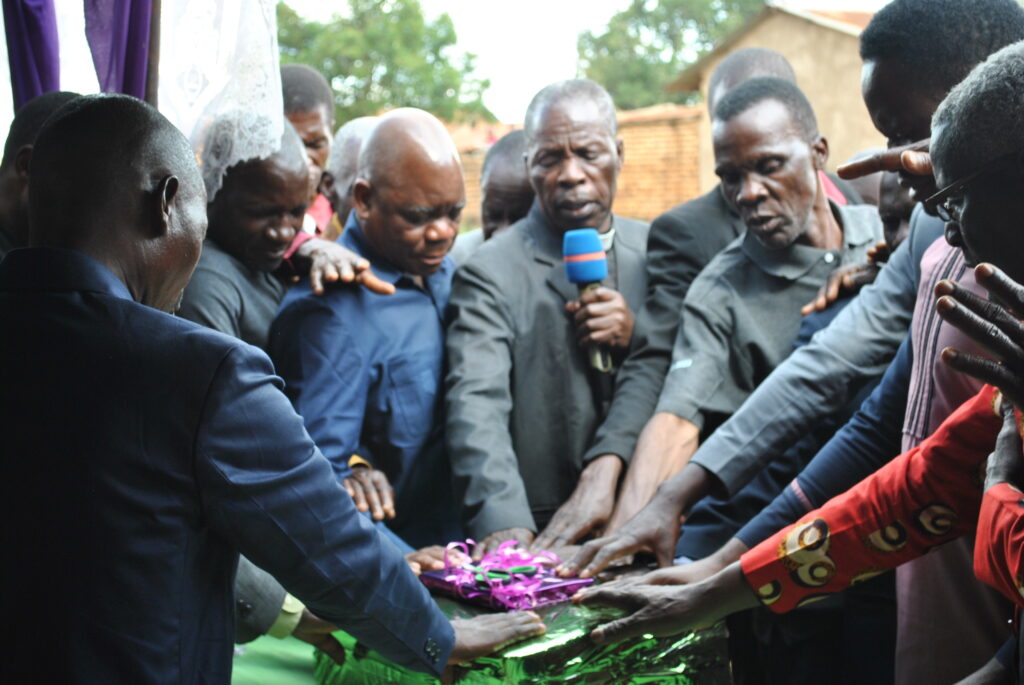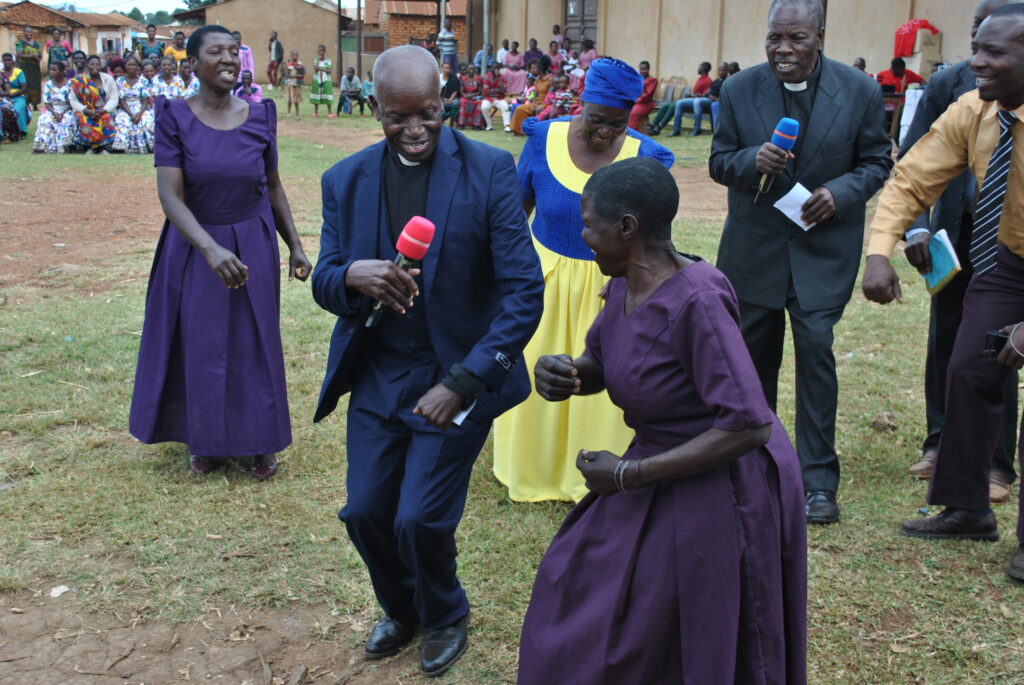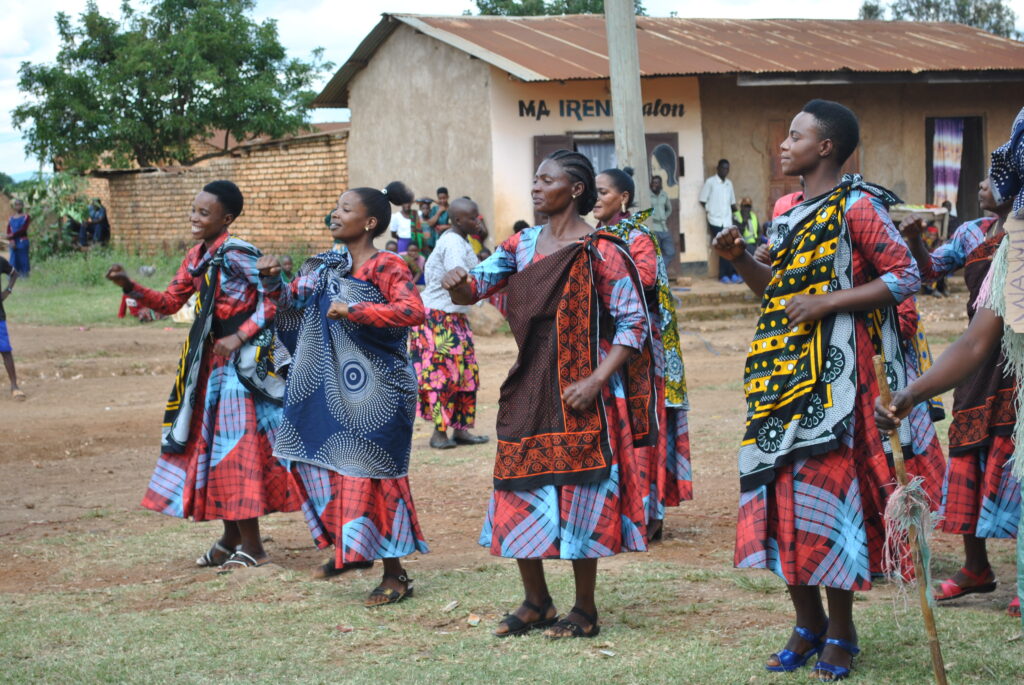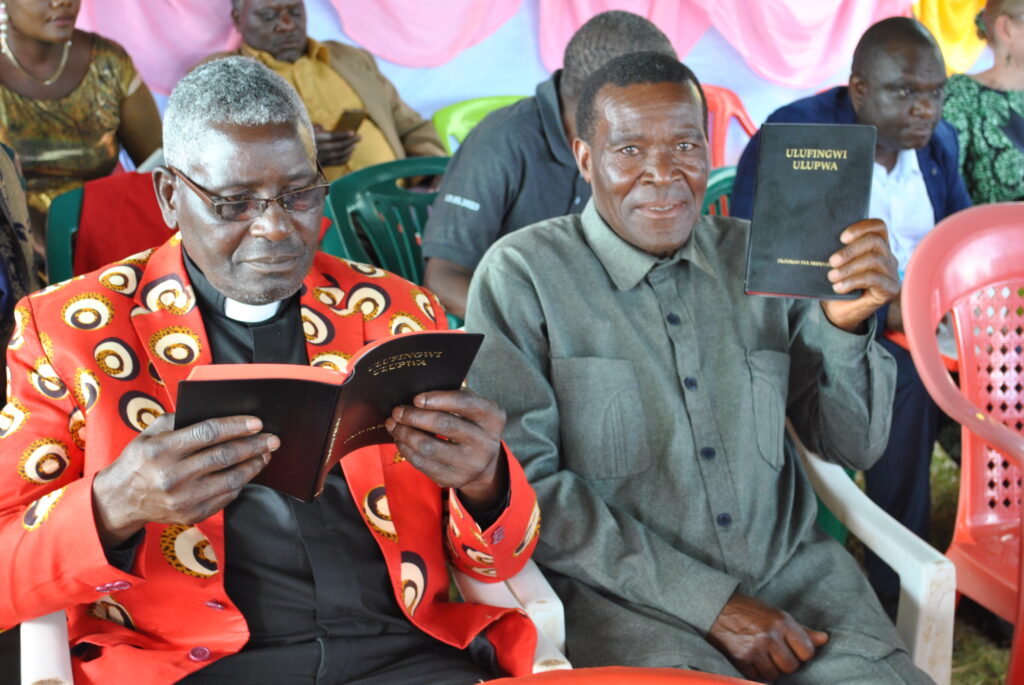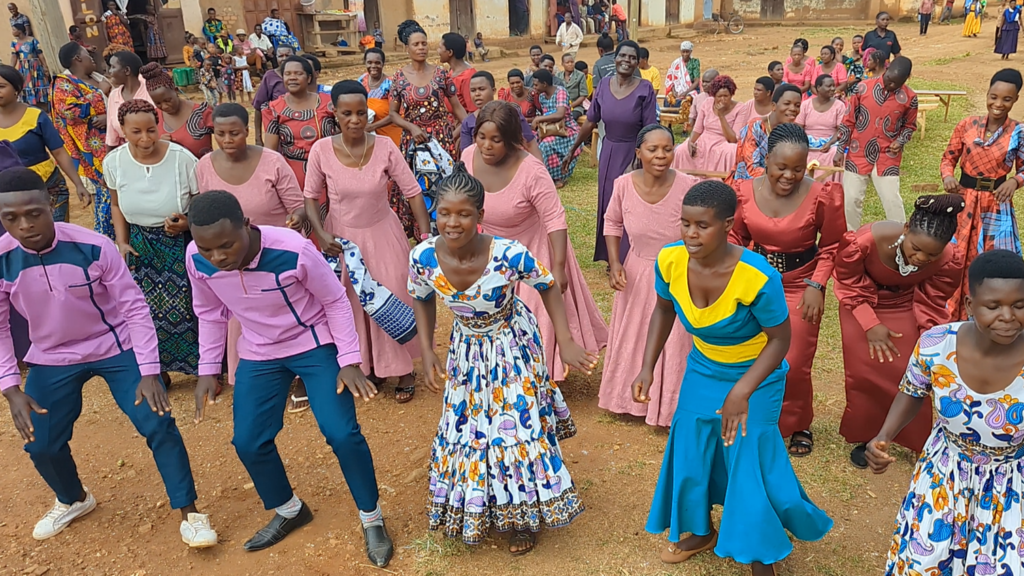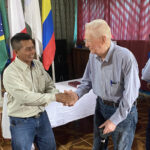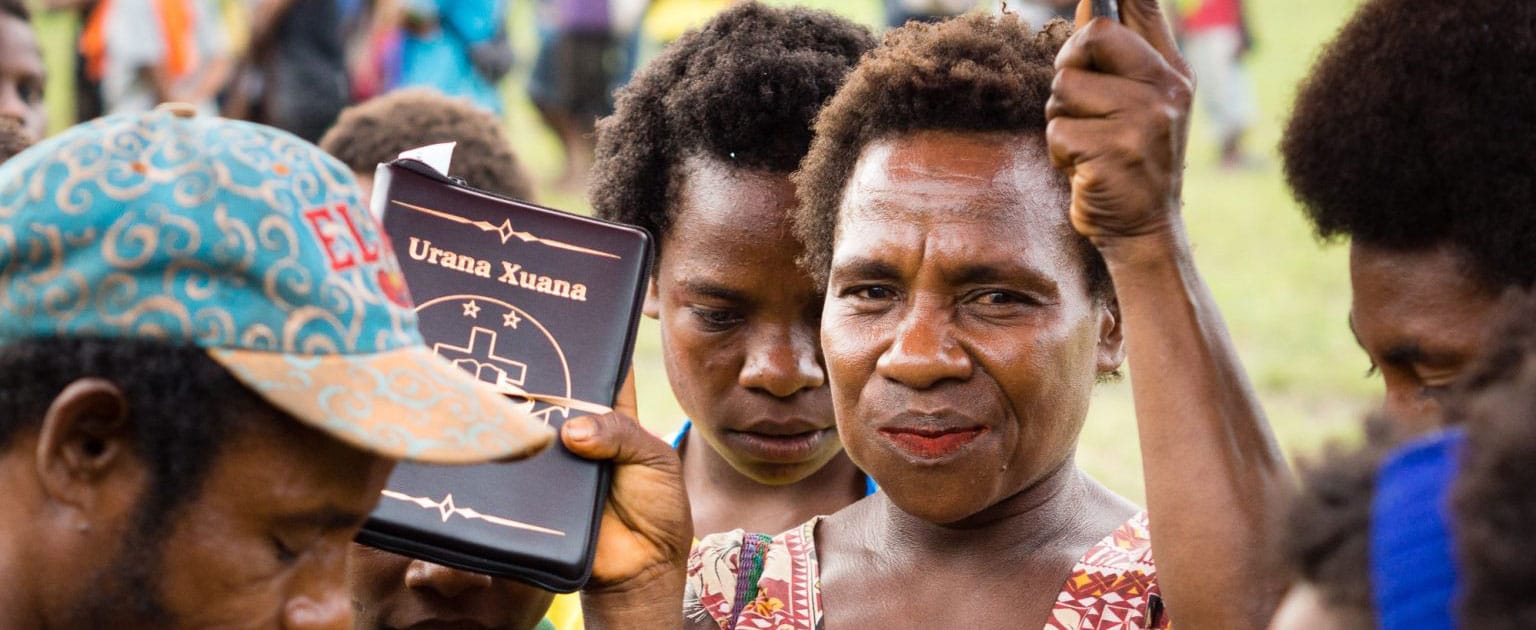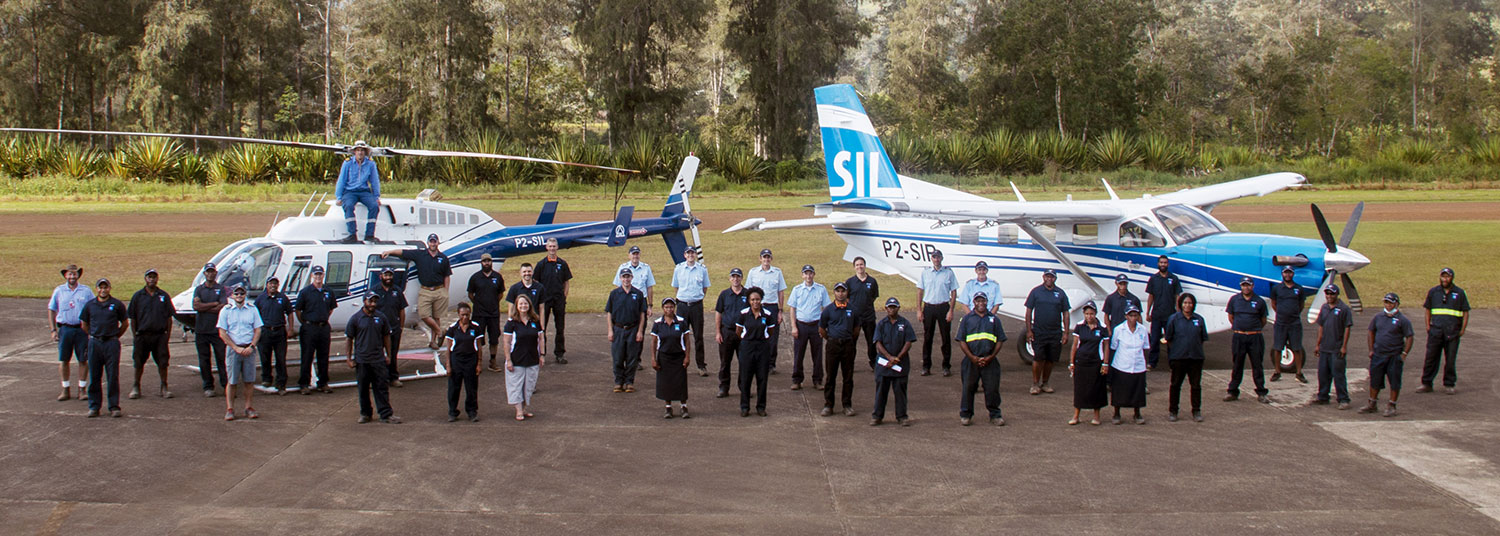Mountain Helicopter Training: Taking it to the Next Level
This is the first article in our series about mountain week. We hope you enjoy seeing what it’s like to be a pilot and/or mechanic training to serve in some of the most difficult places on earth.
What does it take to fly safely in the mountains to reach those who don’t know Jesus? Lots and lots of training.
Two men took their helicopter training to the next level as they trained in a smaller helicopter than they’re used to while dealing with unpredictable wind and weather.
The R66: A Toy Helicopter?

Weeks of helicopter training at JAARS recently culminated in a week of flying in the mountains for two men who hope to serve as mission pilots overseas.
Greg Raychard and Matthew Clark, two former Army helicopter pilots, came to JAARS with heaps of experience. But flying an R66 is much different than flying the more powerful Black Hawk helicopters in the Army.
When Greg first climbed into the R66 at the beginning of Pre-Field Orientation (PFO) in March, he thought: “This is a toy helicopter. I don’t want to break it. I have to be really careful with it.”
Helicopters are a critical asset to mission aviation because they can land in small spots—ridges, pinnacles, or soccer fields.
But to land in these small spots, pilots have to have a safety margin of clearance around the aircraft, at least 10 feet.
To prepare for mountain flying in these versatile machines, Greg and Matthew, overseen by their instructors, mowed the grass at JAARS Base and cut back trees and shrubs to clear an area of a size that would make landing a challenge, yet still offer plenty of safety margin. This practice in less-challenging conditions prepared them to fly in the much more-challenging mountain environment.
Mountain Challenges: The Next Level of Helicopter Training

Many of the people who still need God’s Word live in mountain regions in the green band: the Amazon, Pacific, and Congolese rainforests.
Mountainous terrain has unique challenges of wind and weather, and if these guys are going to serve in the green band, they need to be prepared to fly as safely as possible.
“[The mountains] are a little bit more challenging and dynamic environment,” Greg said. “It’s the same maneuvers. It’s just that the weather is different. The wind gets funneled through all these valleys around mountain peaks and creates updrafts, downdrafts, and turbulence. Clouds can develop, and visibility can deteriorate a lot quicker than in non-mountainous areas, so dealing with the weather is one of the biggest challenges.”
Both guys felt prepared for mountain week: “JAARS does a good job in PFO of building you up to the point where you need to be so that when you arrive at mountain week, you don’t feel like you’re hanging on by your fingernails, barely able to perform the tasks,” Greg said.
One place the guys did their helicopter training was Buck Gap, on top of a ridge line. As Matthew and his instructor pilot flew up to it, they encountered a 17-knot wind coming over the ridge. This was stiffer than they’d trained in, so they did a Recce Pass (a reconnaissance flight) over the landing zone (LZ), looking at where the wind came from, its strength, their best approach angle, and how to escape in an emergency.
Then they skirted around the ridge line until they reached the LZ. They hovered above the trees about 100 feet off the ground and then had to descend straight down into a “hole” that had been prepared for them. “It wasn’t a super tight spot,” Matthew said, “but tight enough to make it challenging with the wind and the altitude.”
Why is Mountain Helicopter Training Important?
In relatively short time, Greg and Matthew went from hovering in the R66 to learning how to maintain altitude and the pattern, land in confined areas, and perform steep and shallow approaches.
No longer does Greg see the R66 as a “toy” but as a useful machine. “I can pick up quite a bit of weight and take it from 2,000 feet up to 5,500 feet in a matter of minutes.”
Matthew and Greg now understand the limitations of this helicopter. They’ll be able to fly safely in challenging situations overseas as they bring the hope of God’s Word to the people who need it most. “That’s why it’s so necessary for us to train as hard as we do,” Matthew explained.
Make a Difference for Eternity
Just as a helicopter pilot needs good instructor pilots, avionic technicians, and mechanics to get a helicopter off the ground, we need you to help us reach these remote locations! You can have a vital part in bringing God’s Word to unreached people groups when you give to JAARS.
We can’t do this without you!


